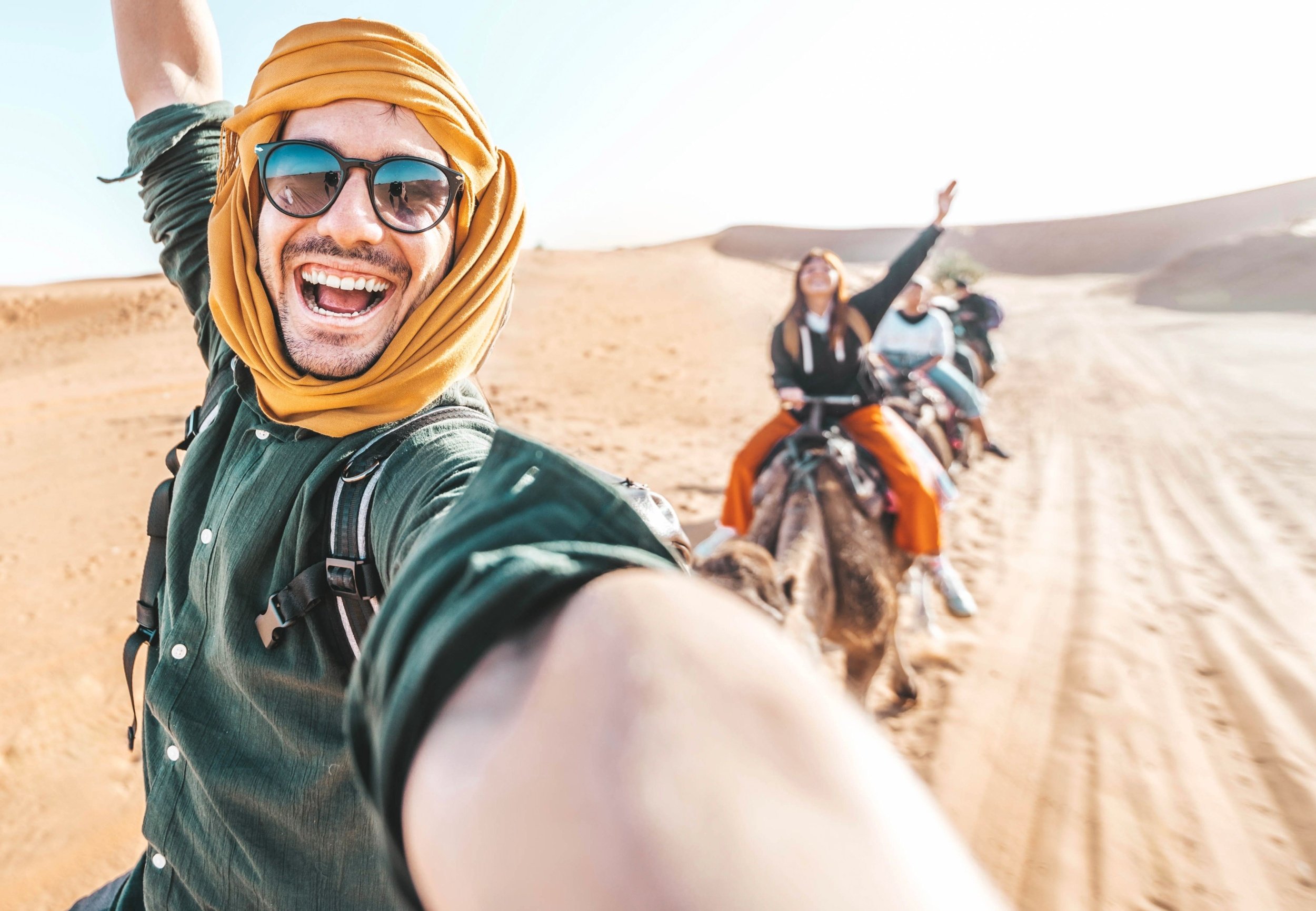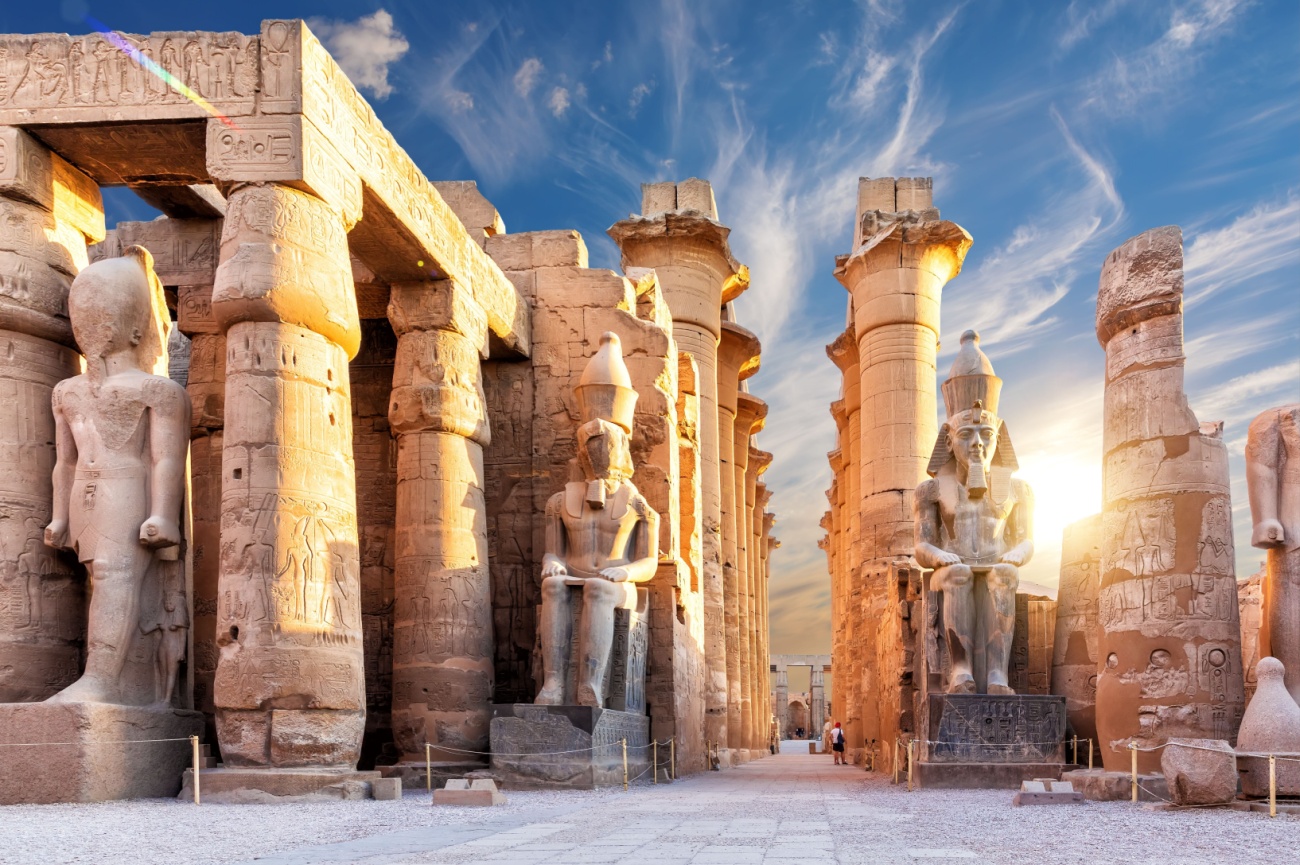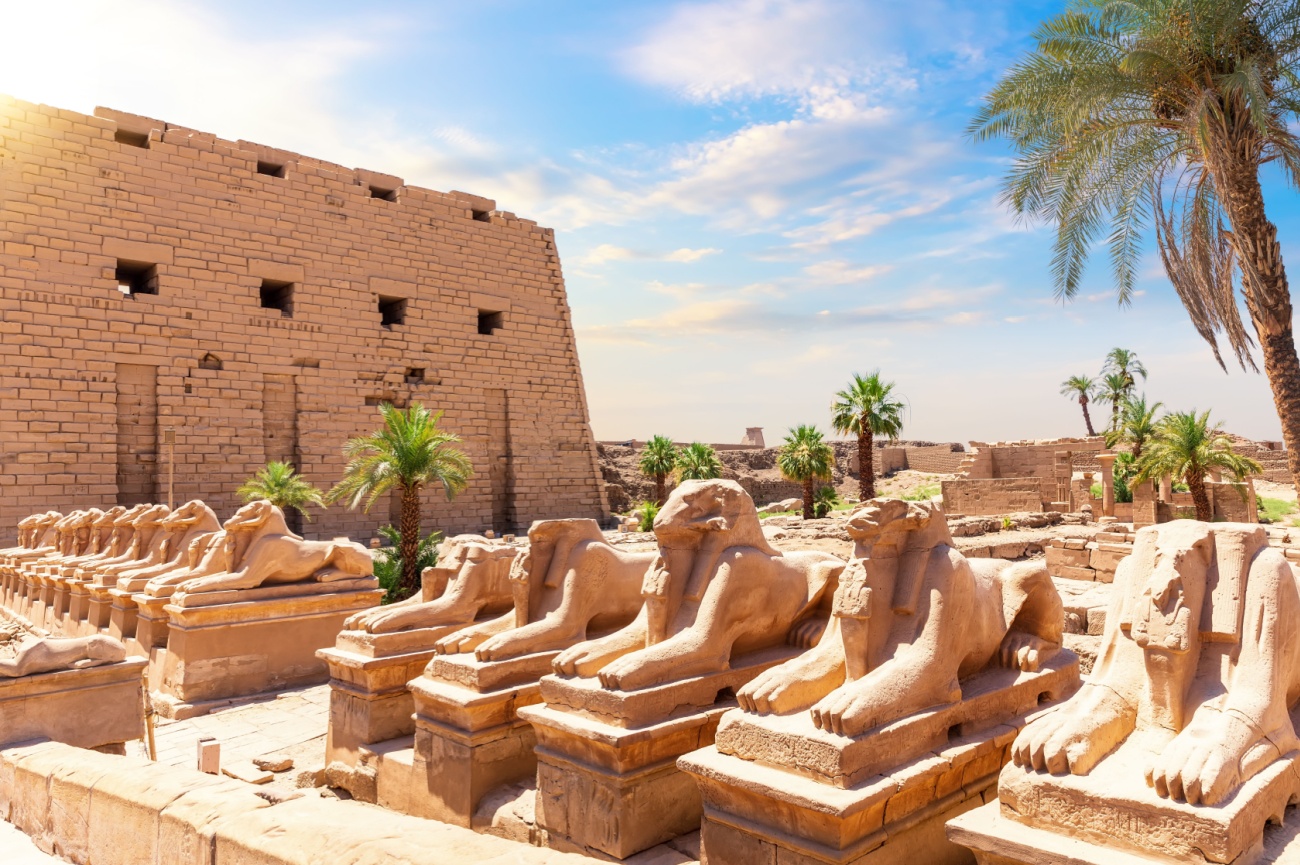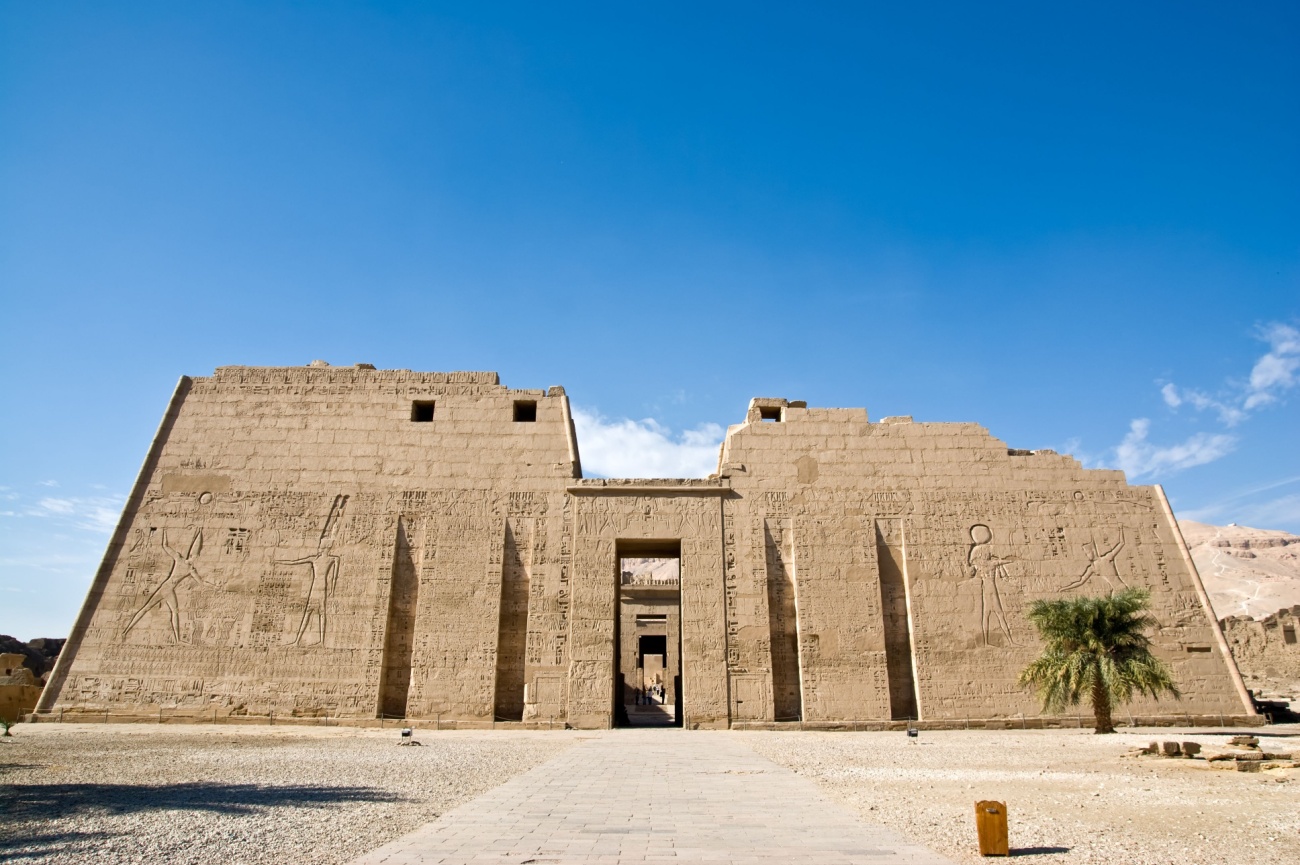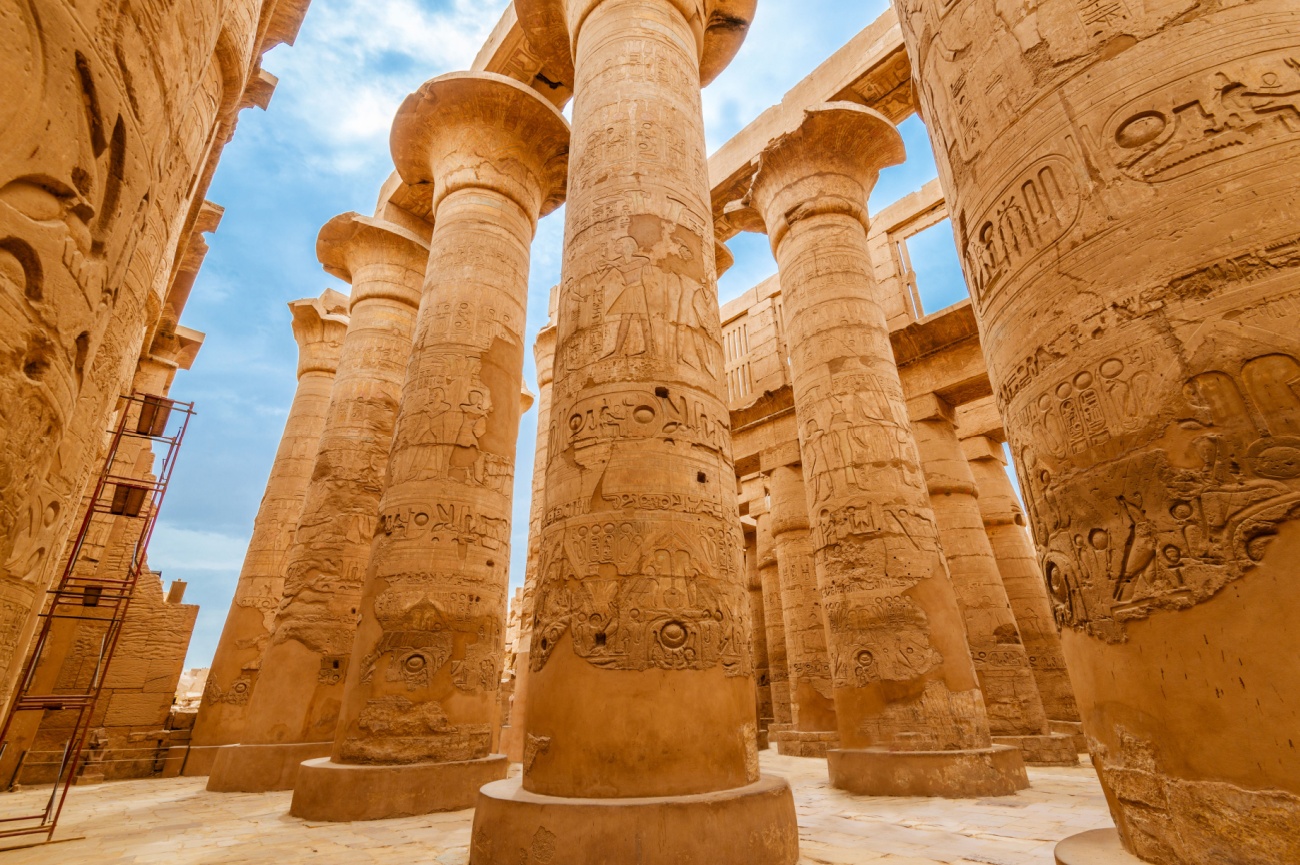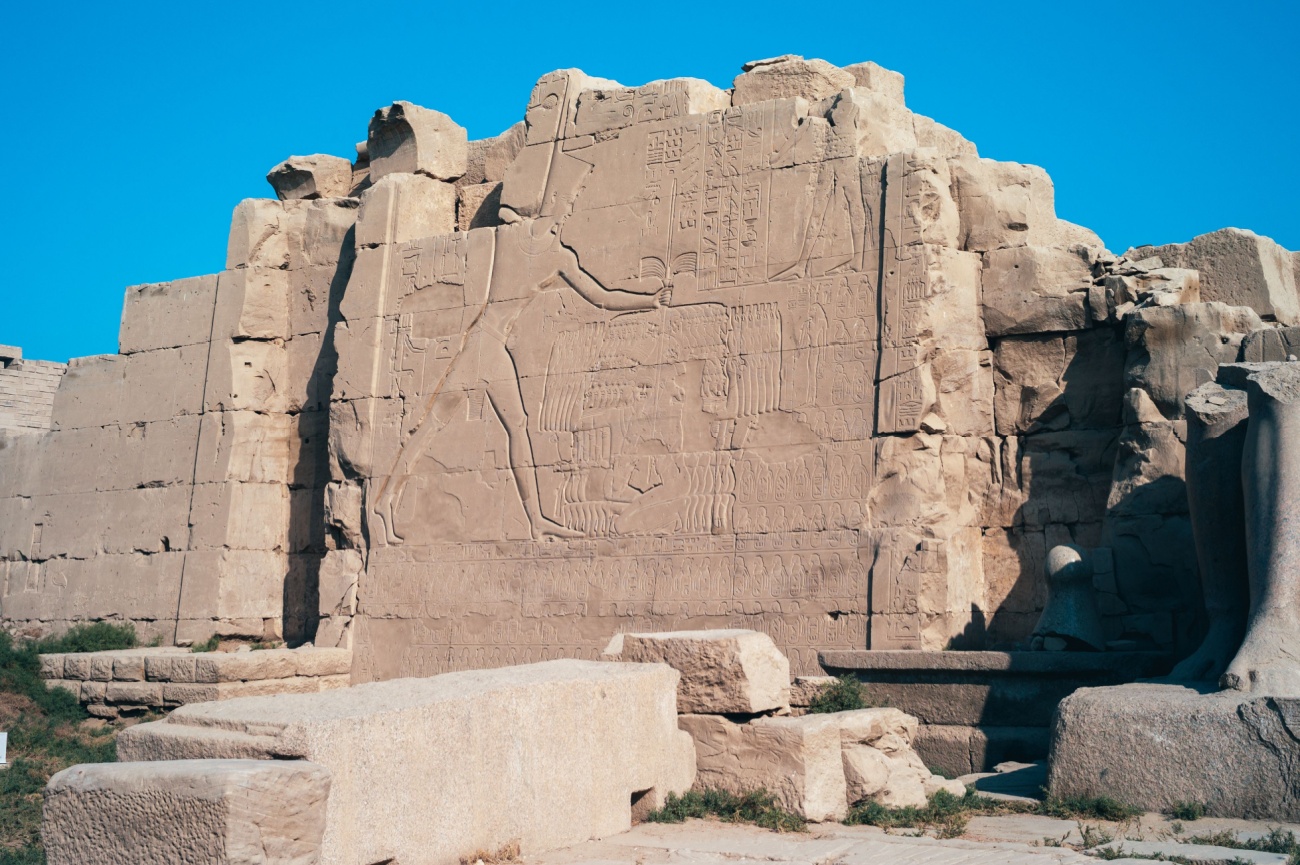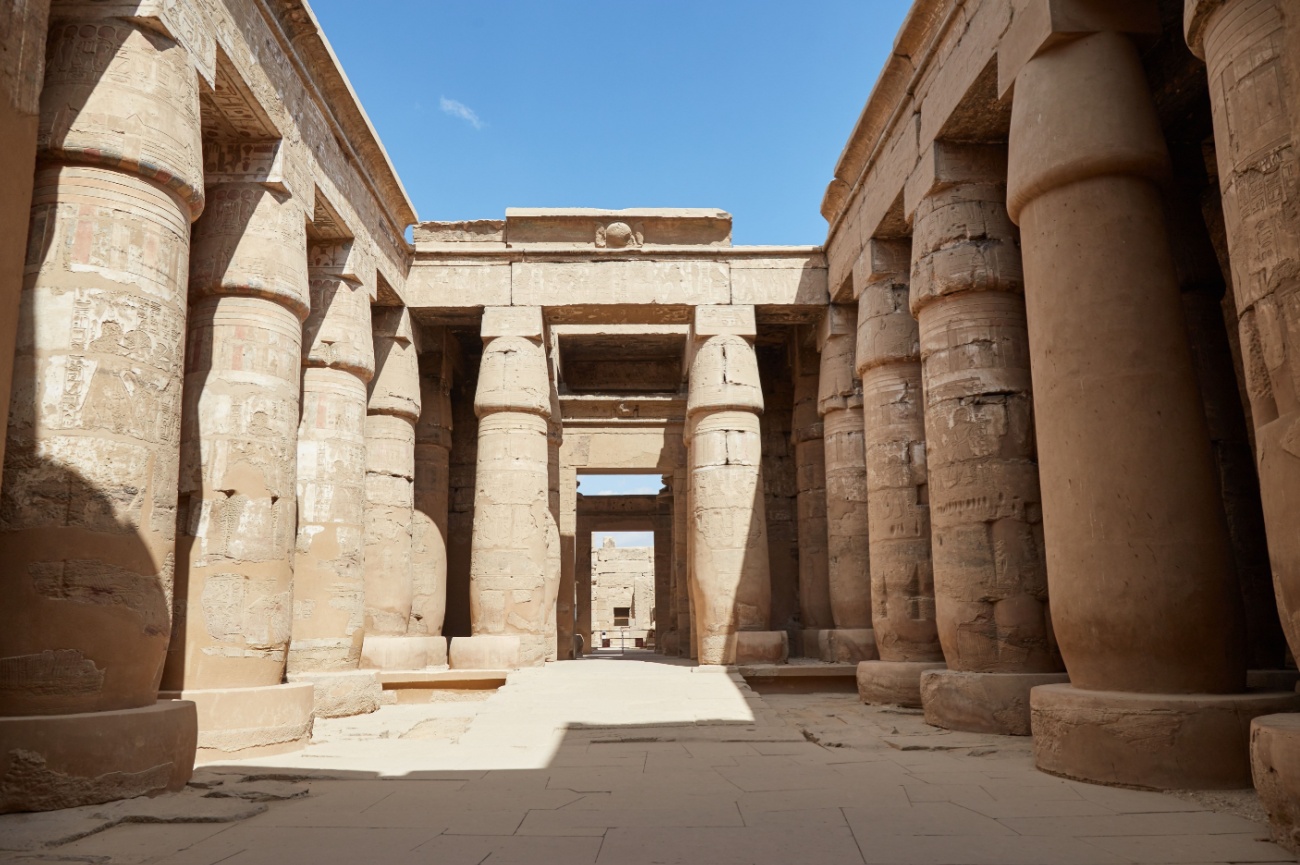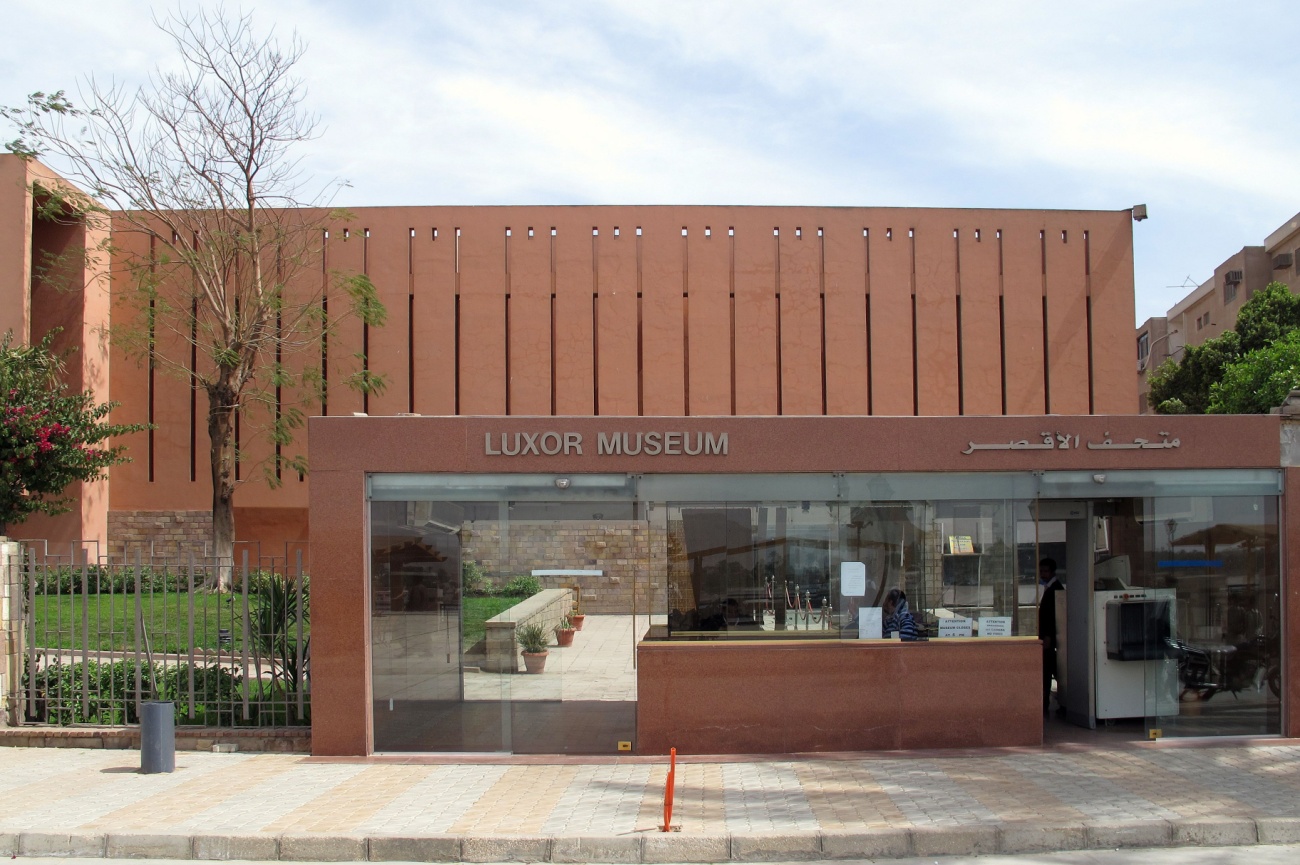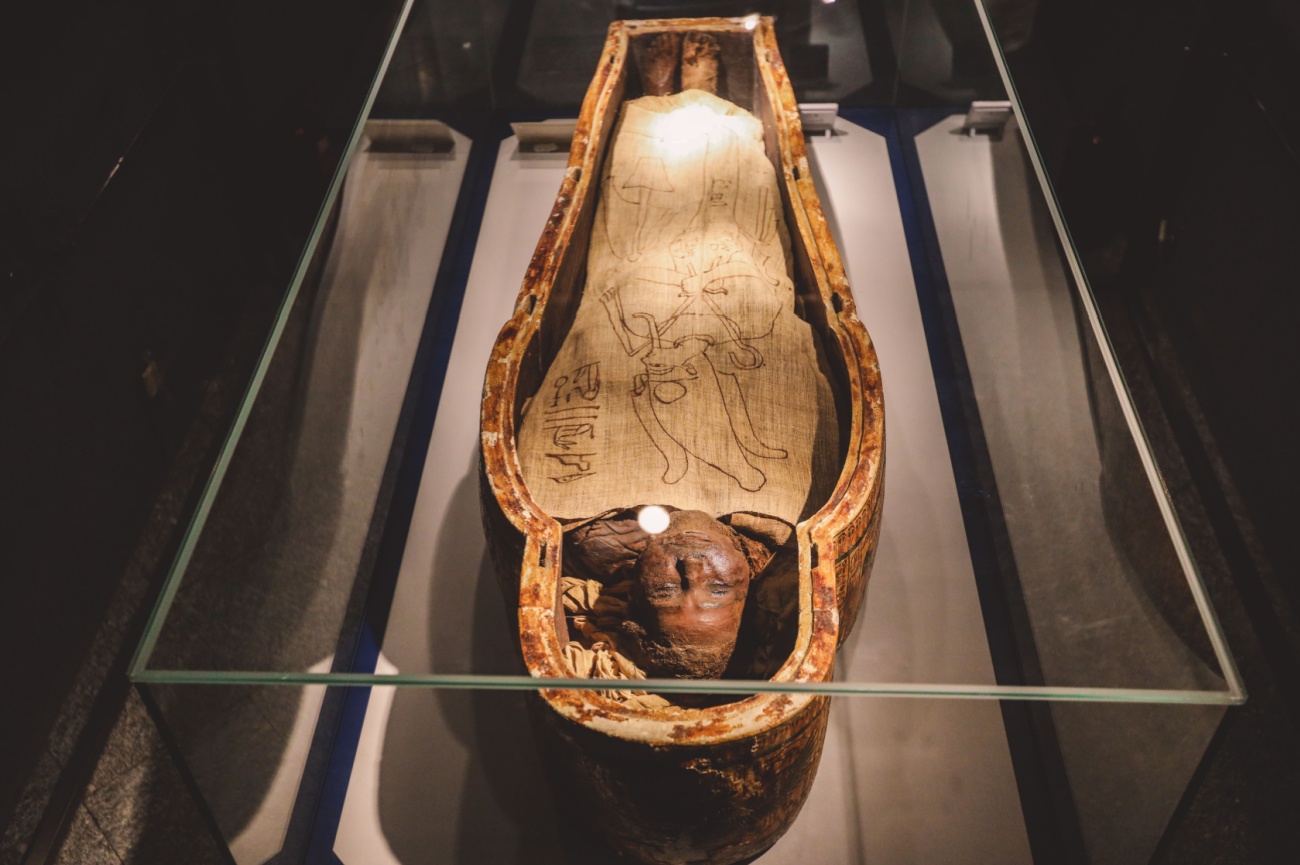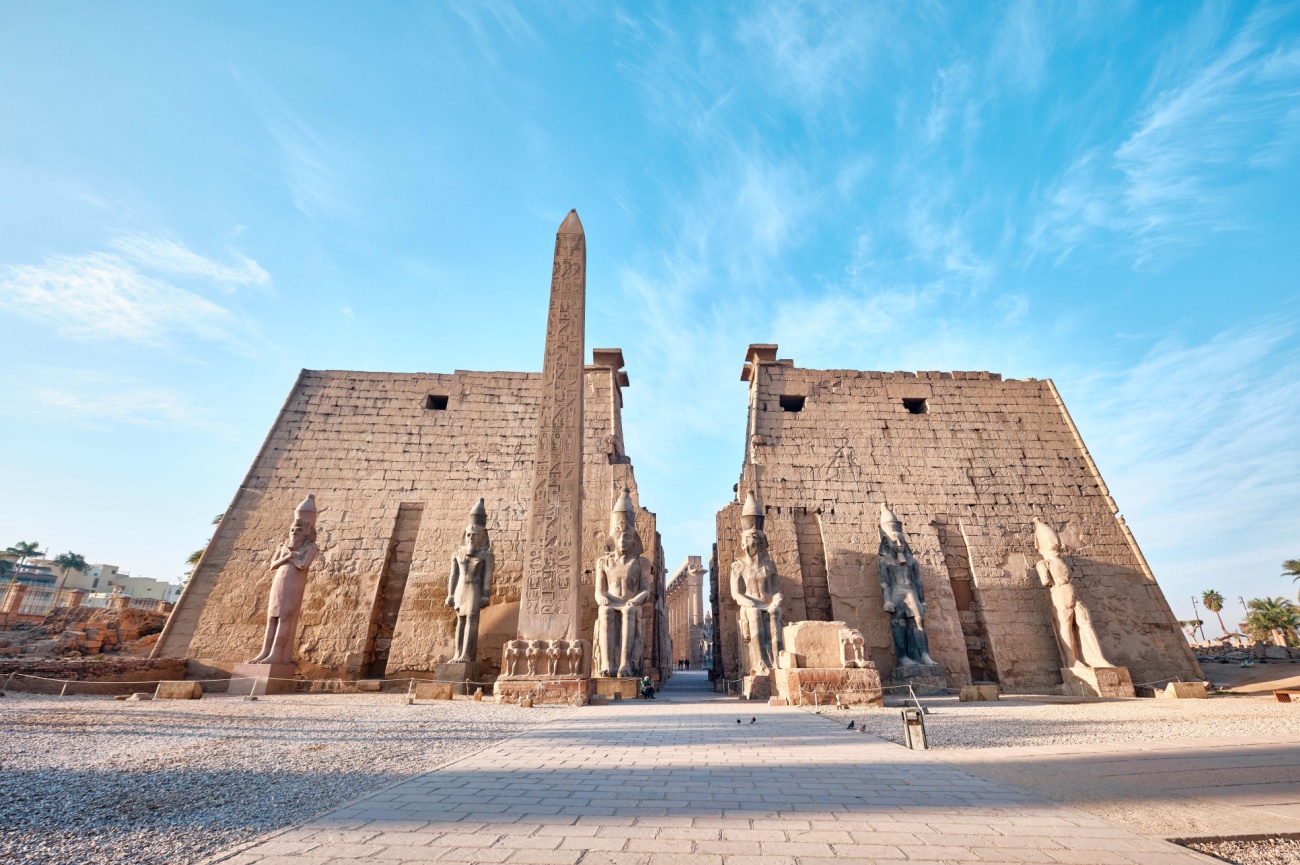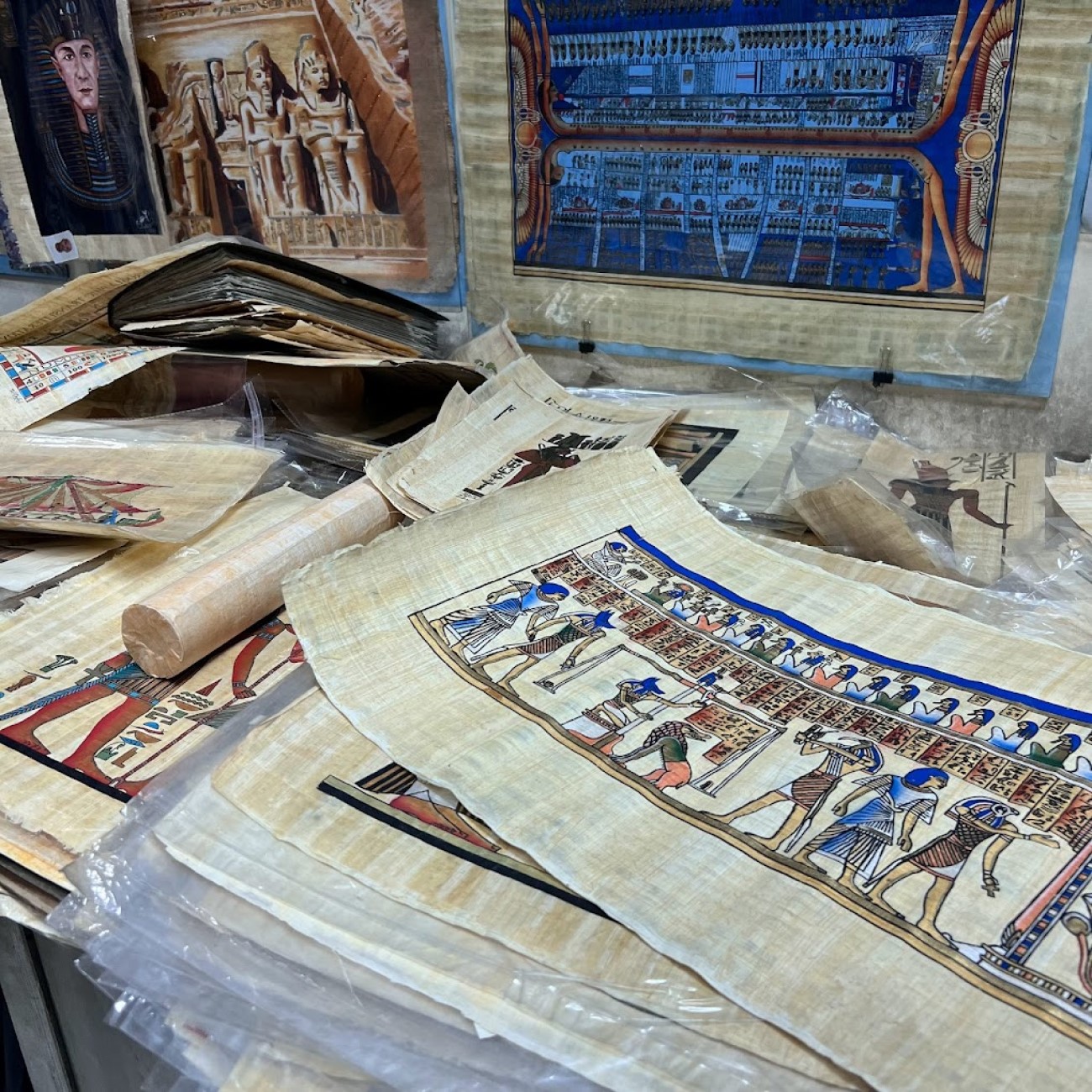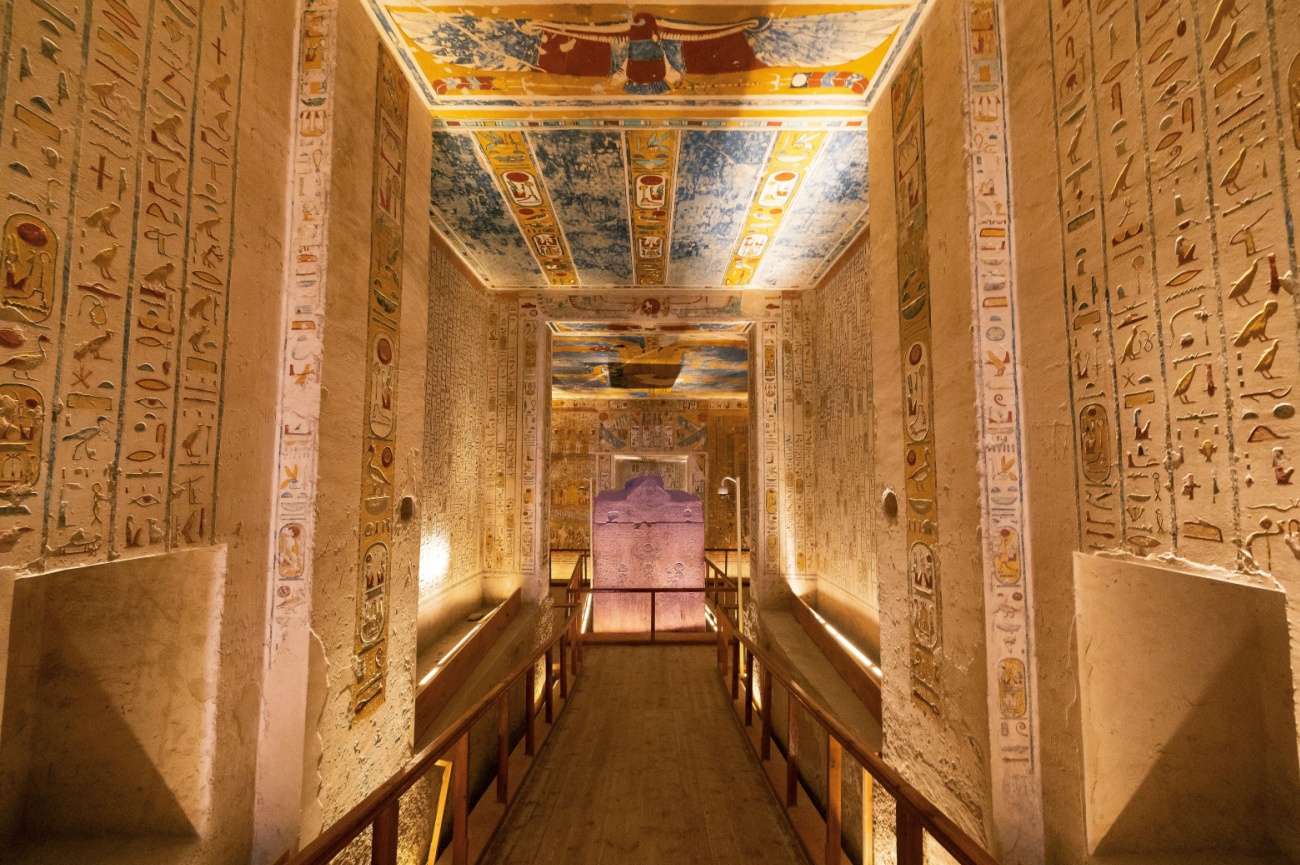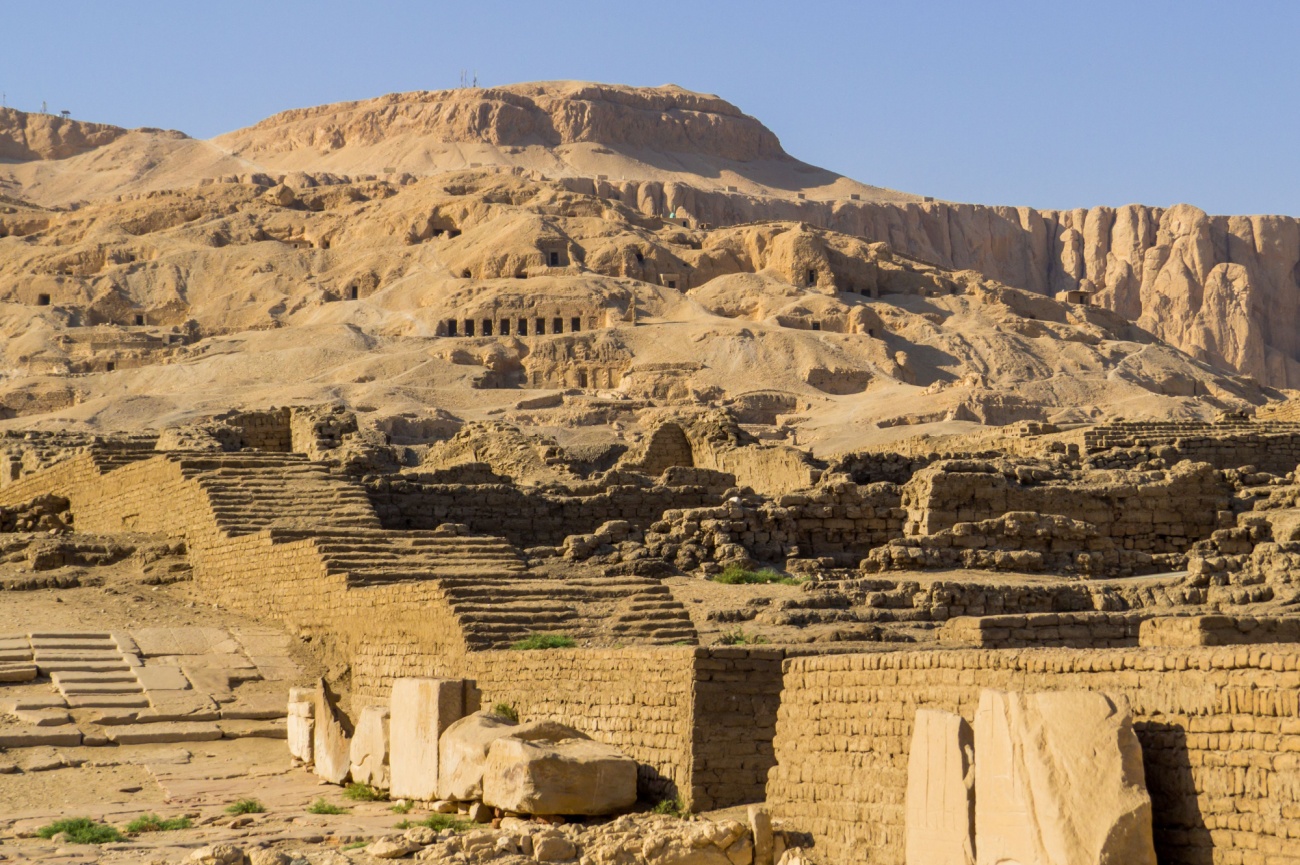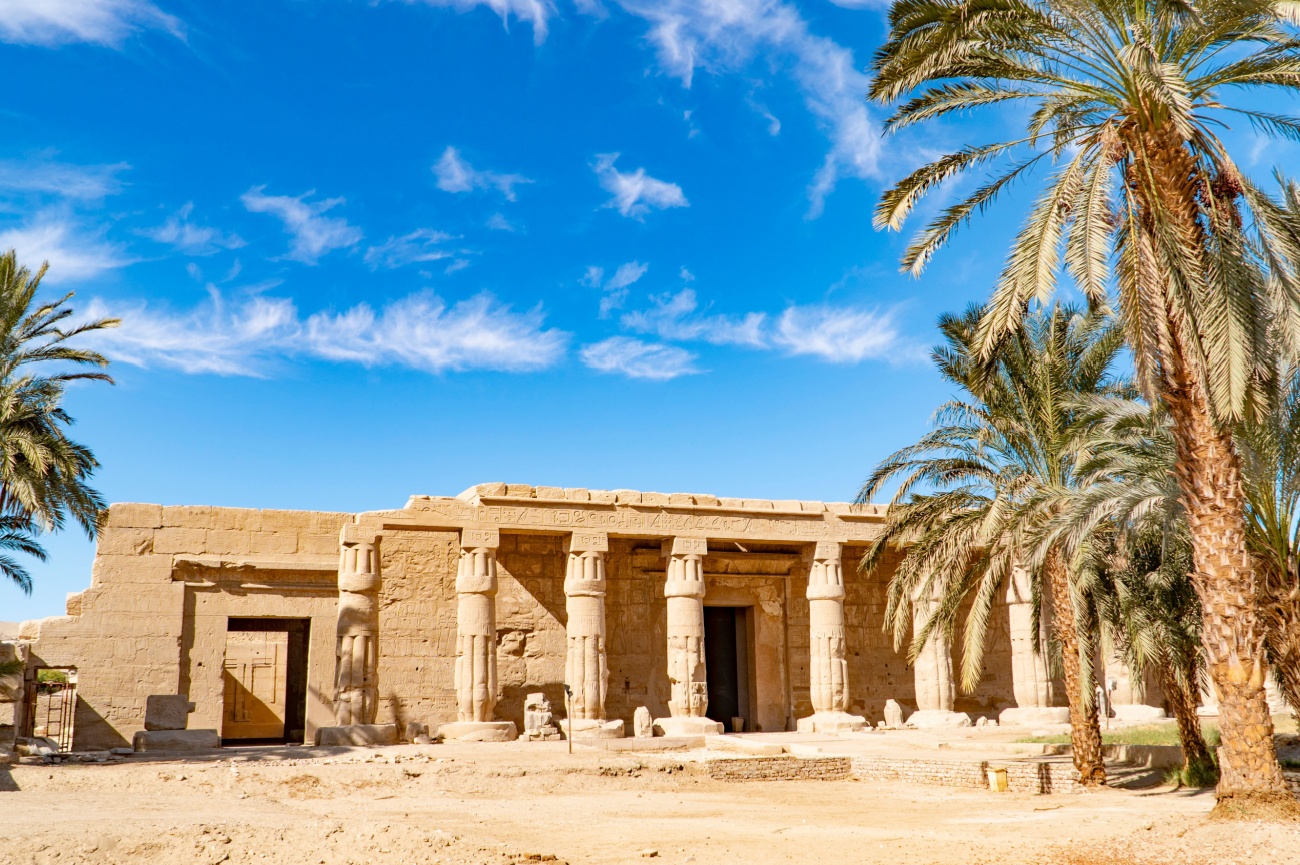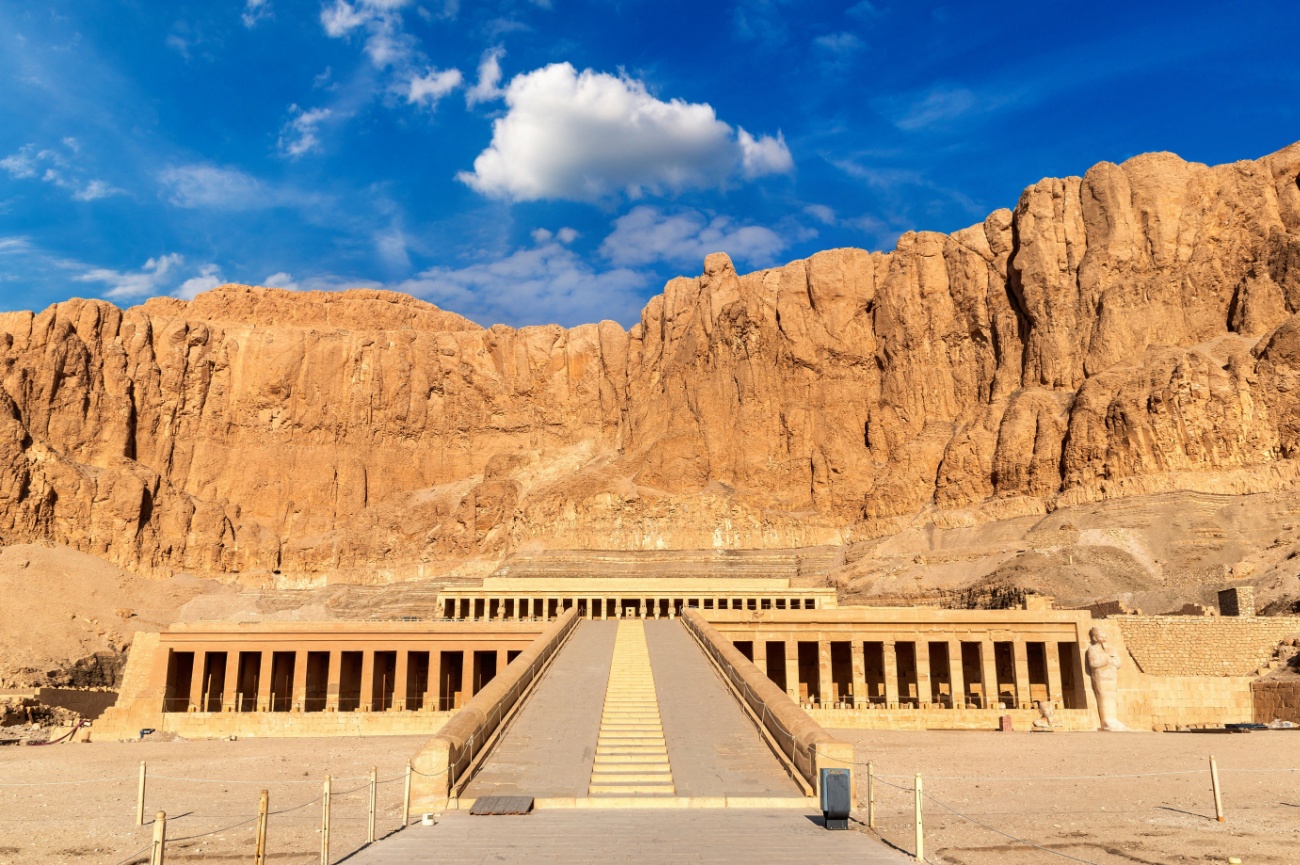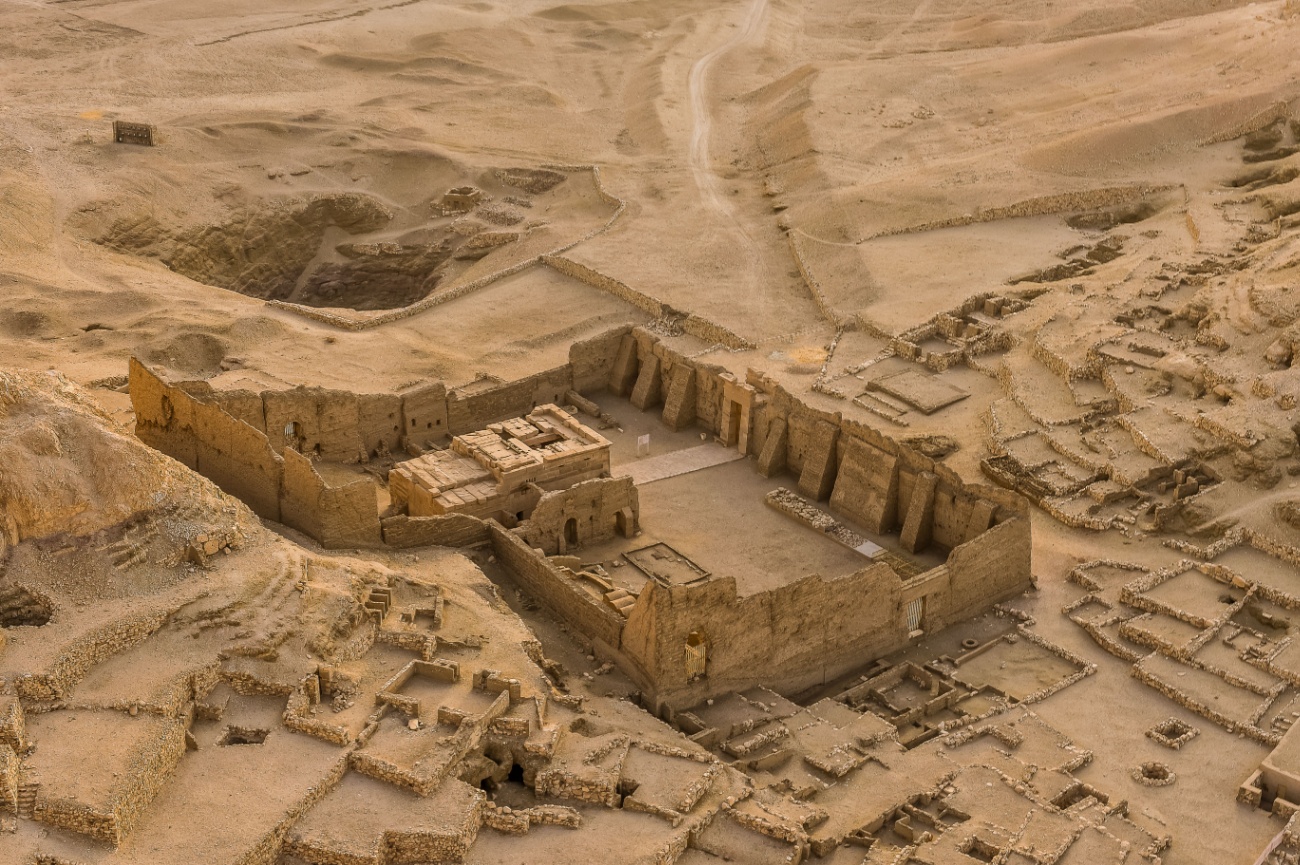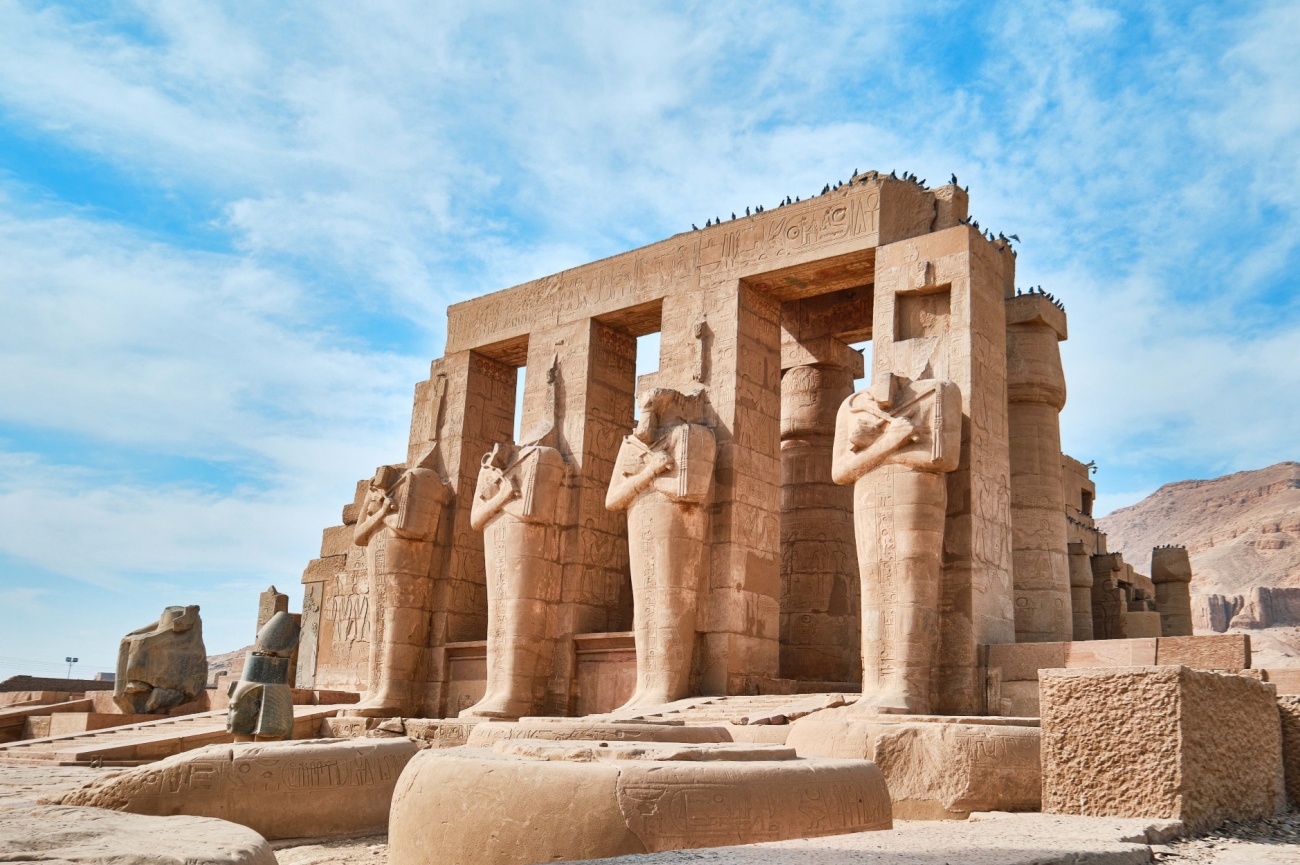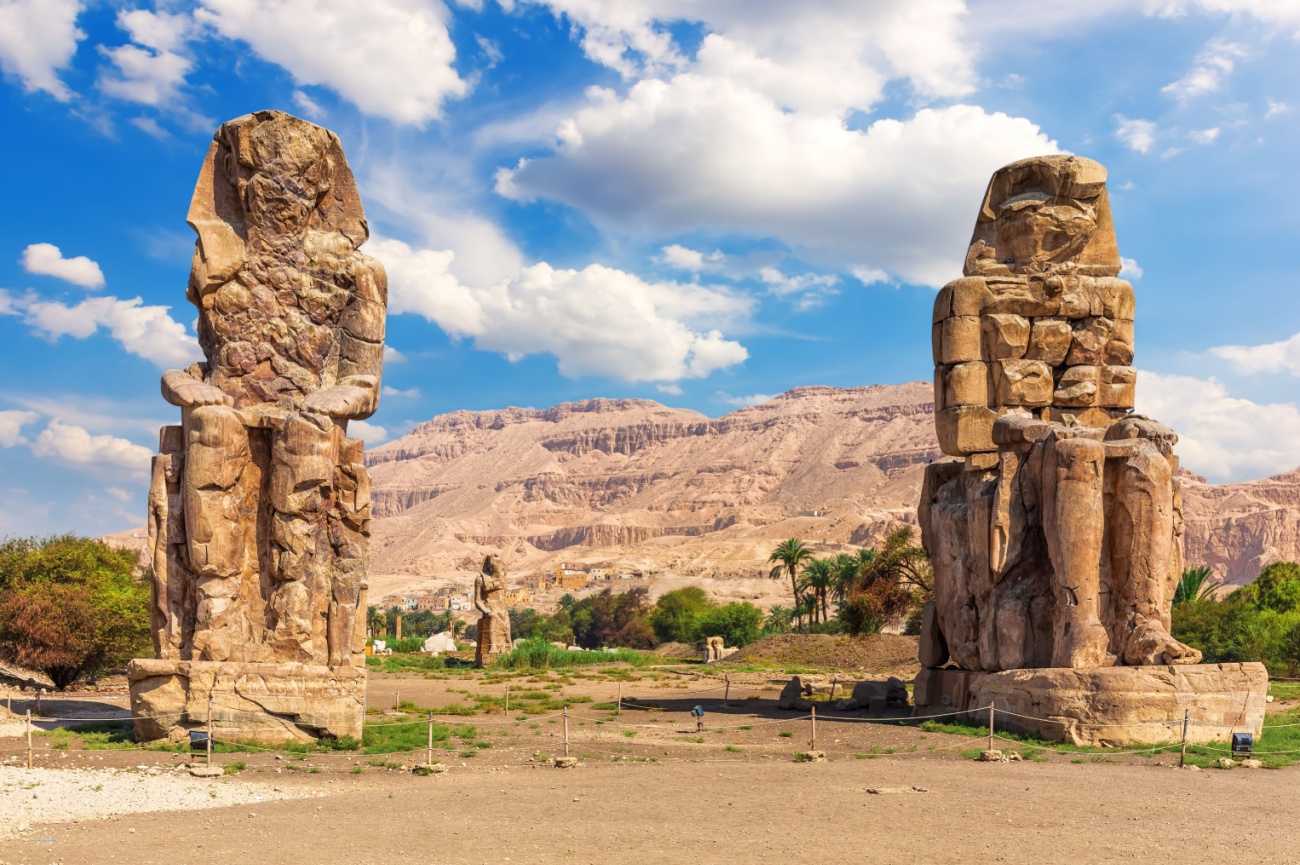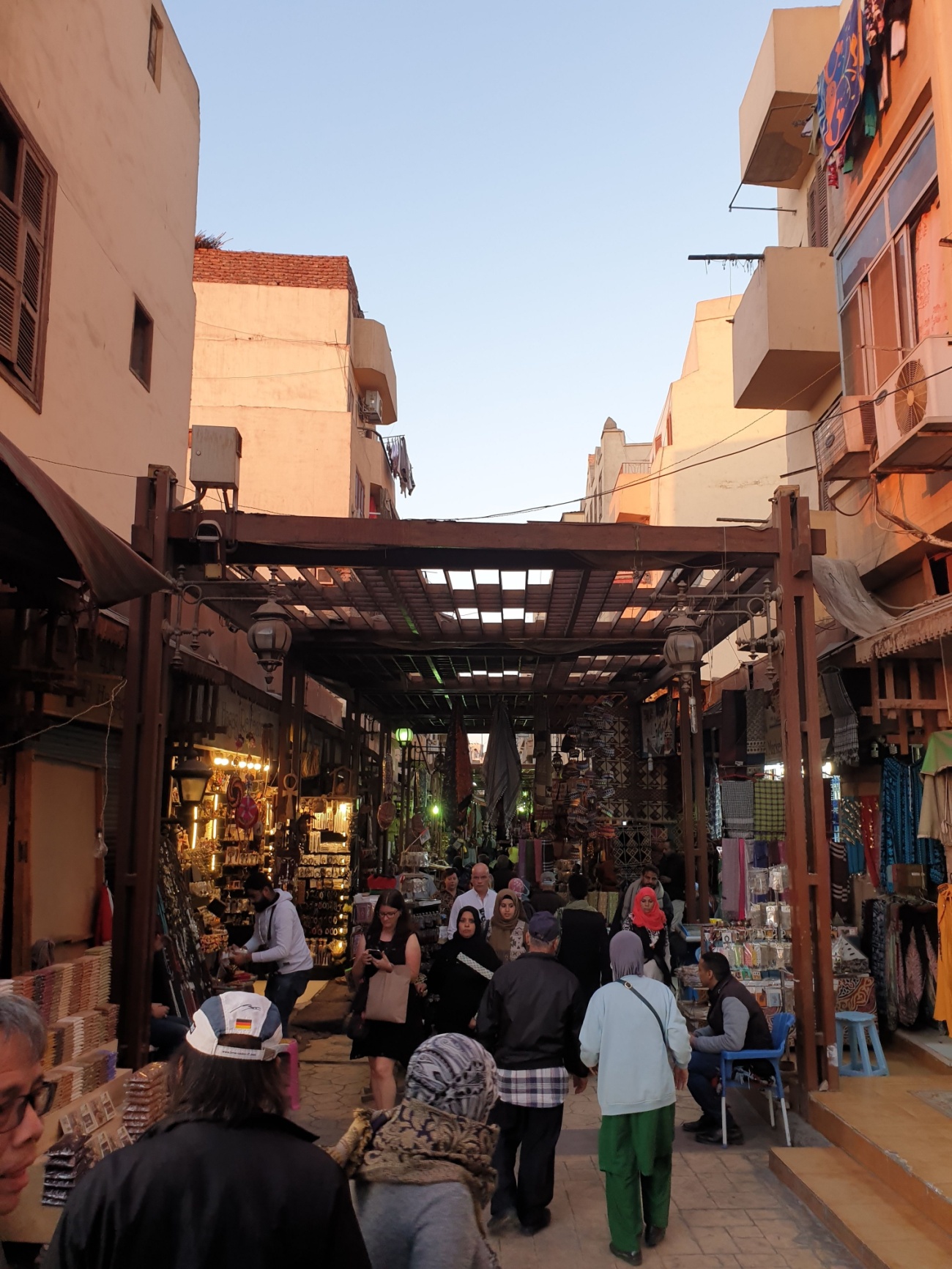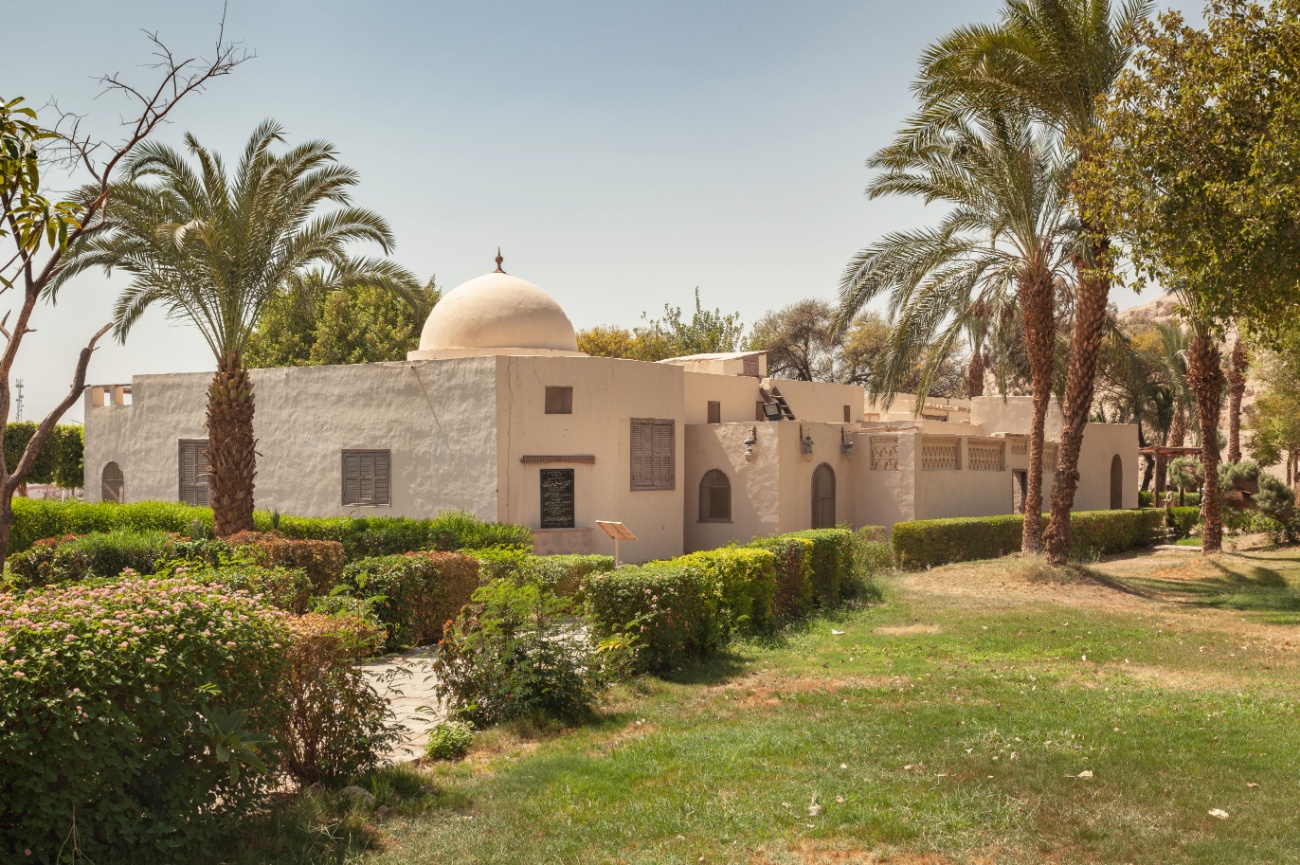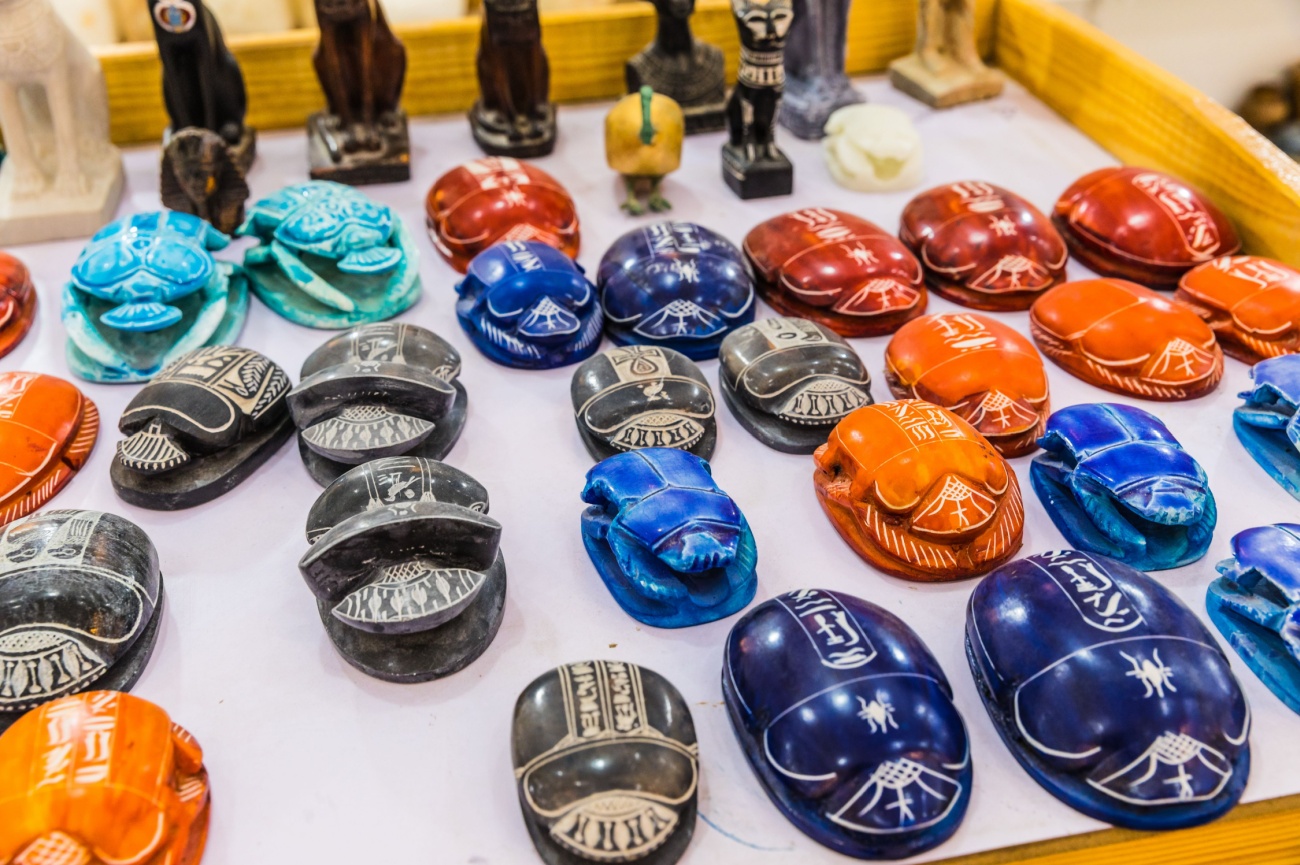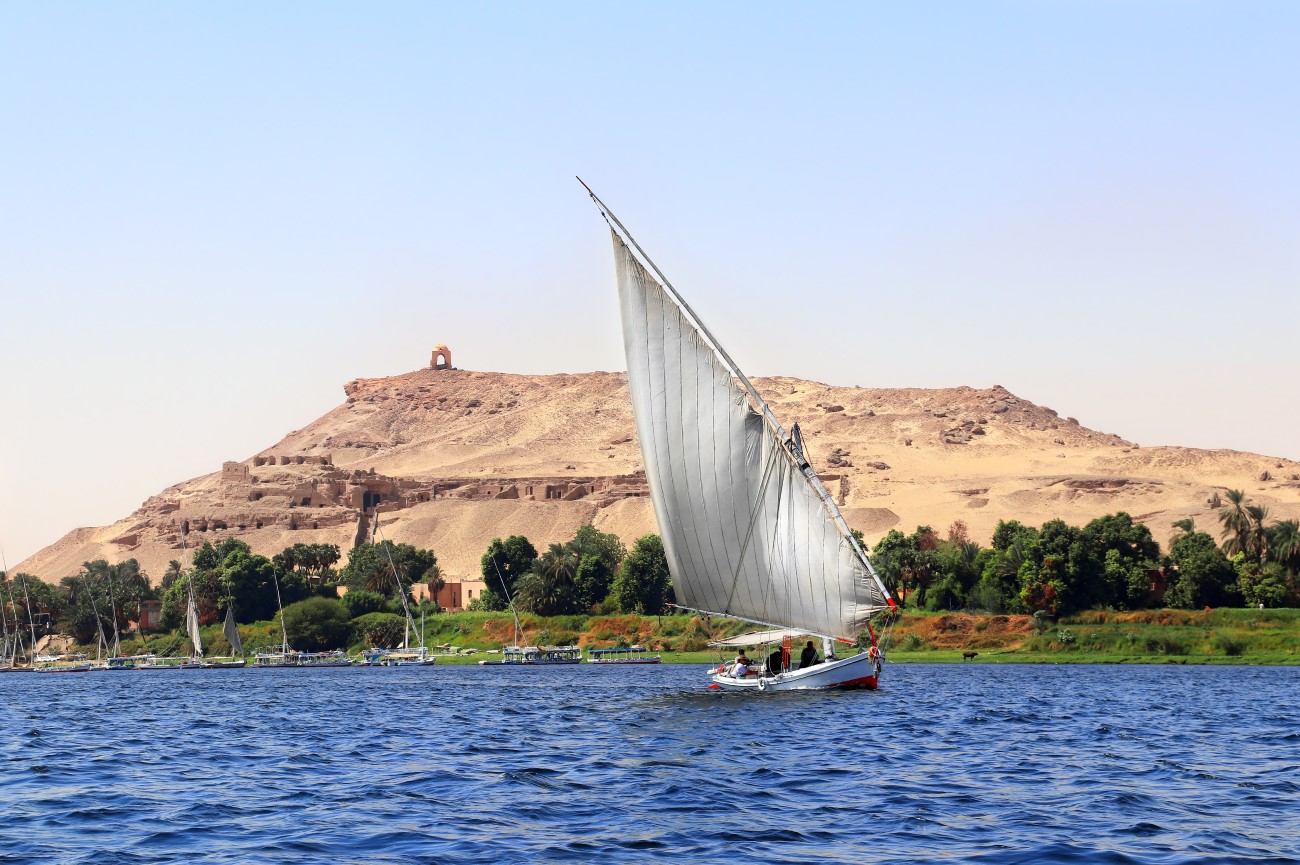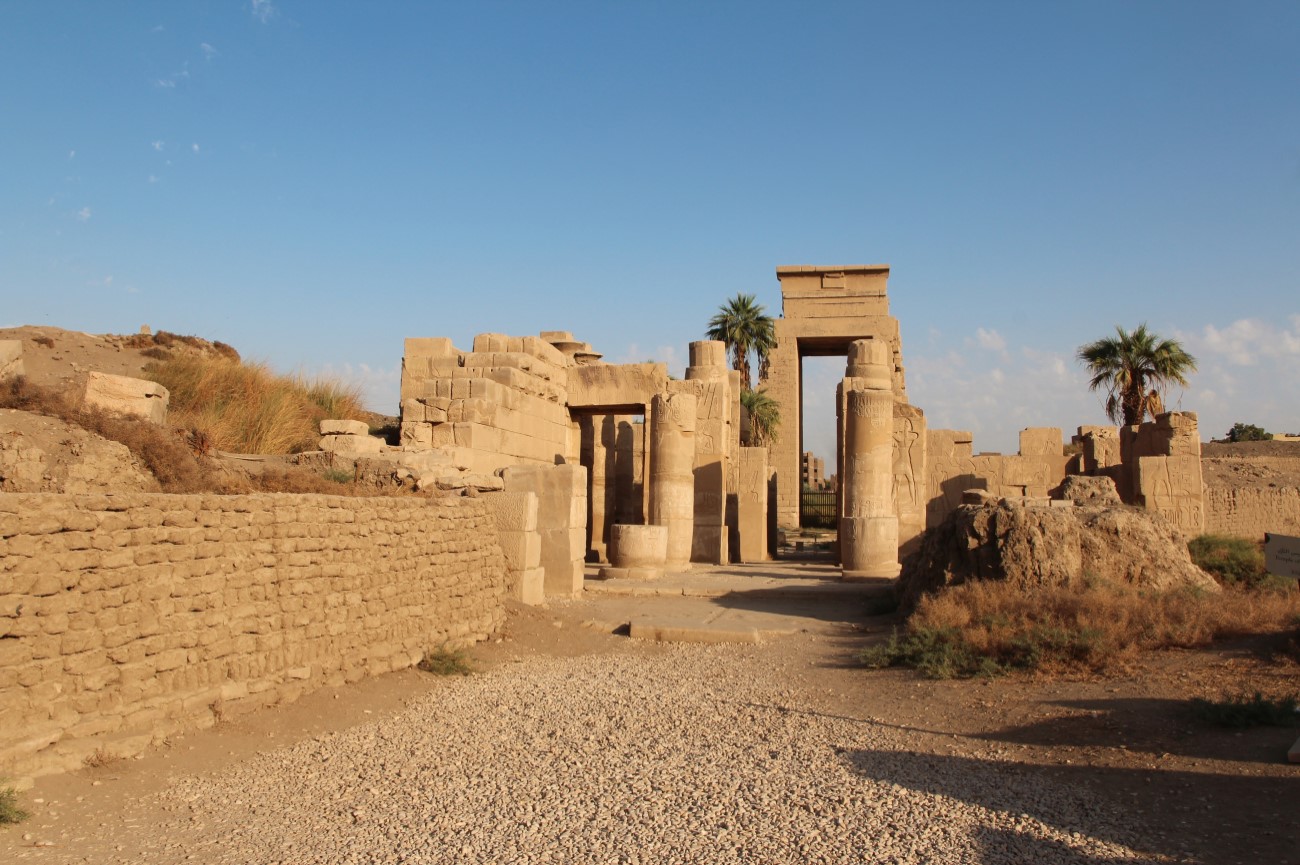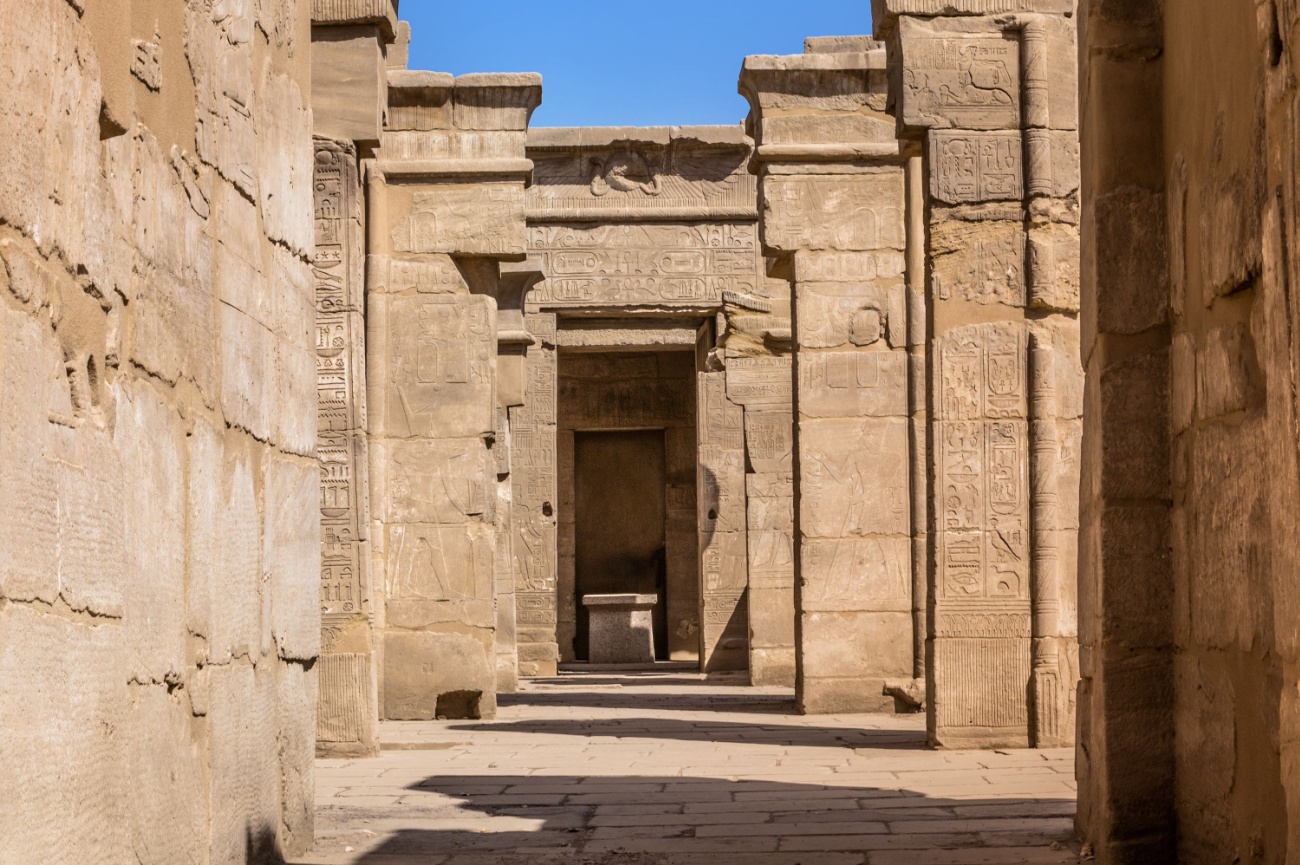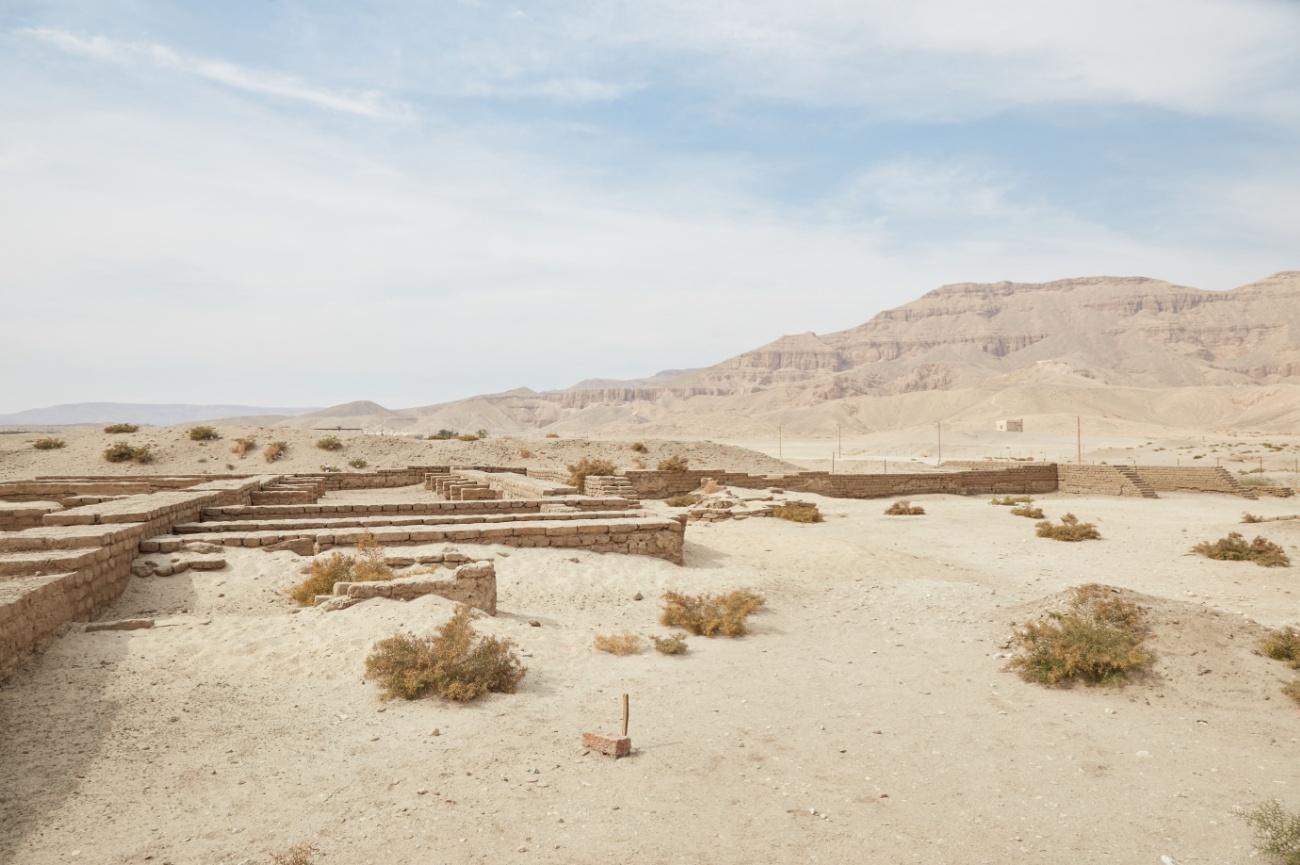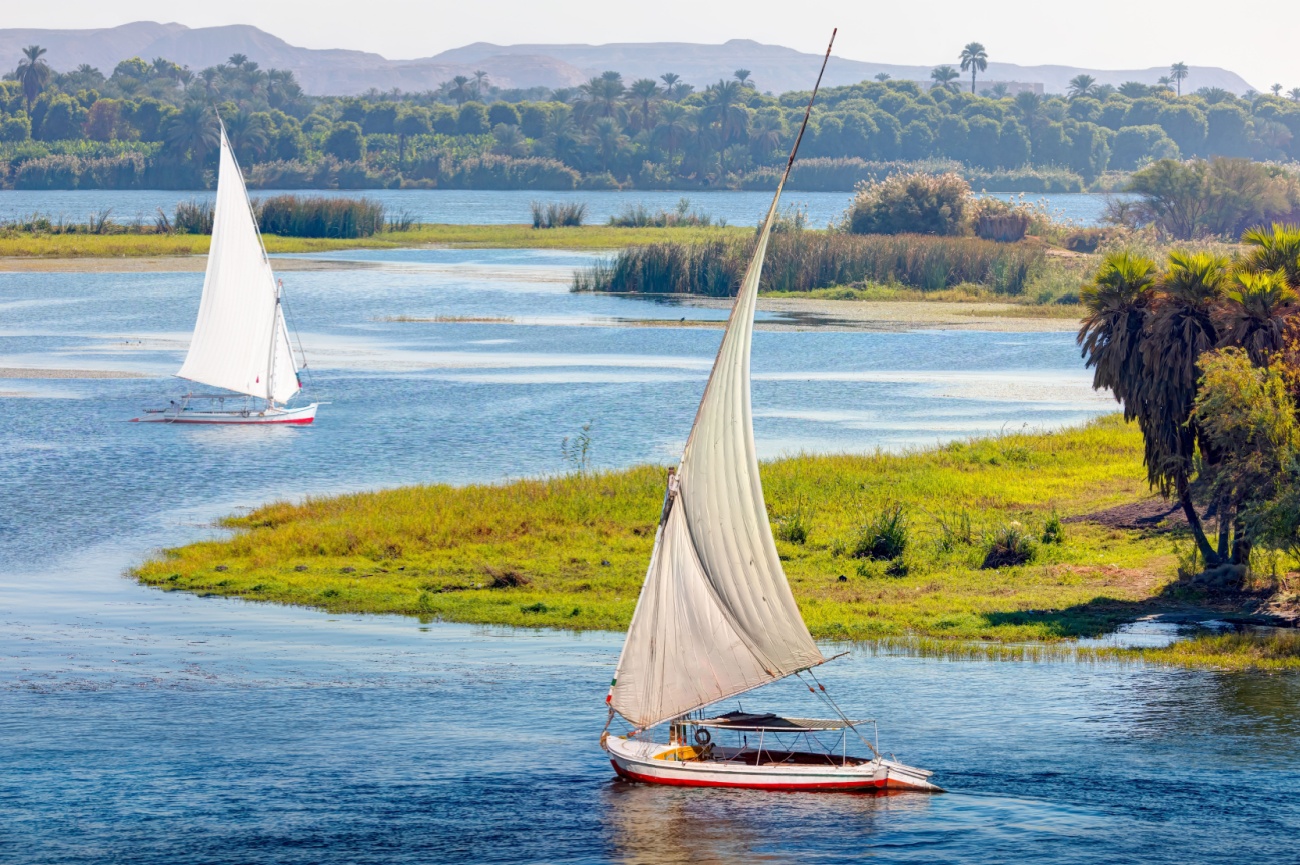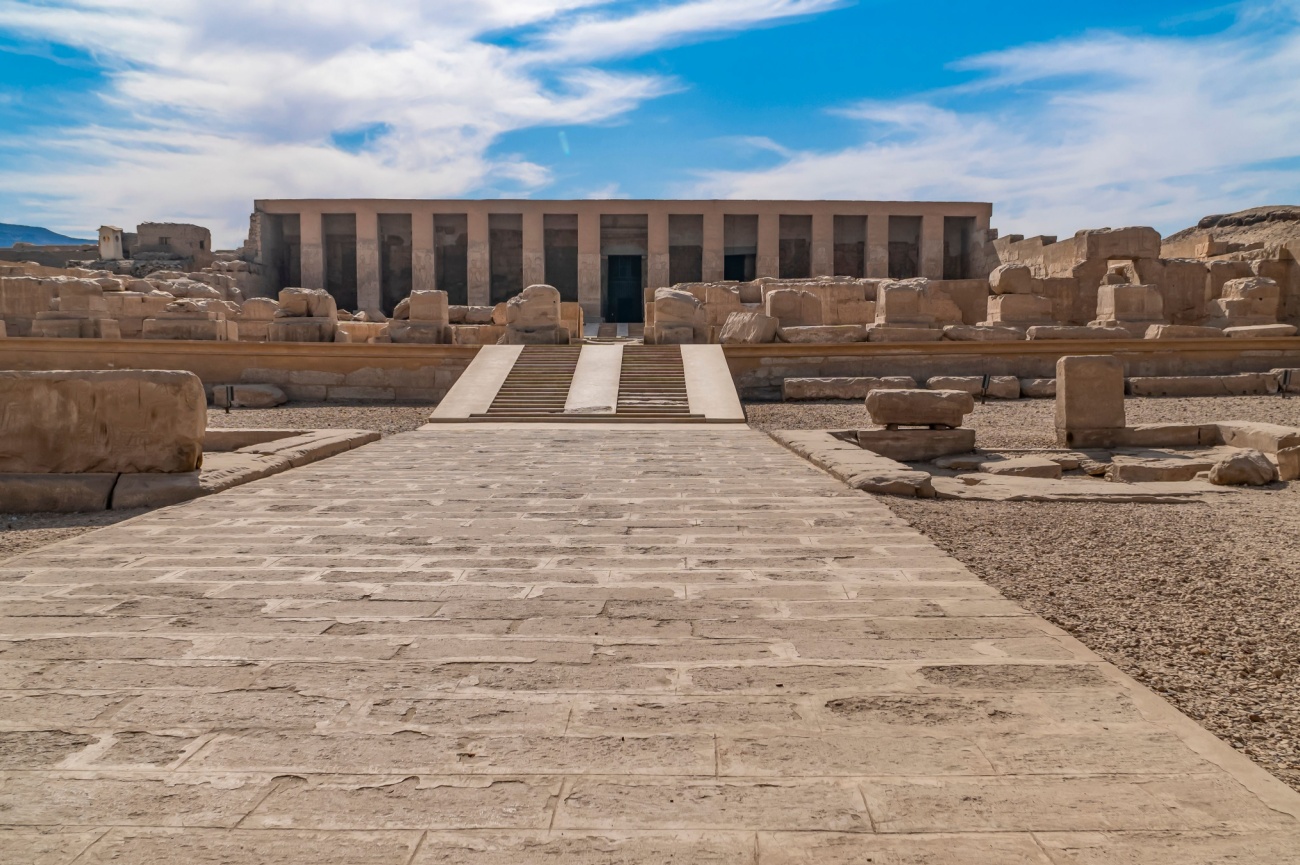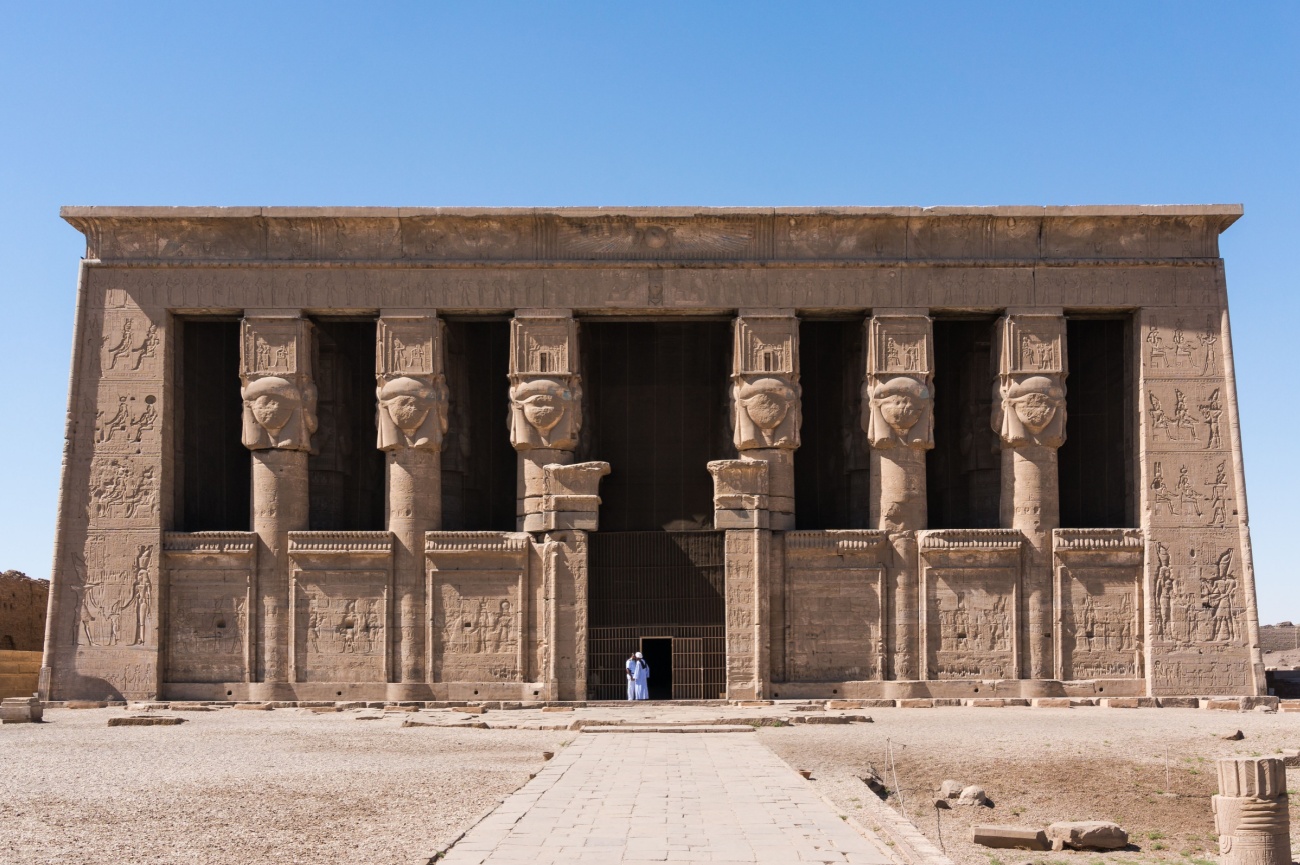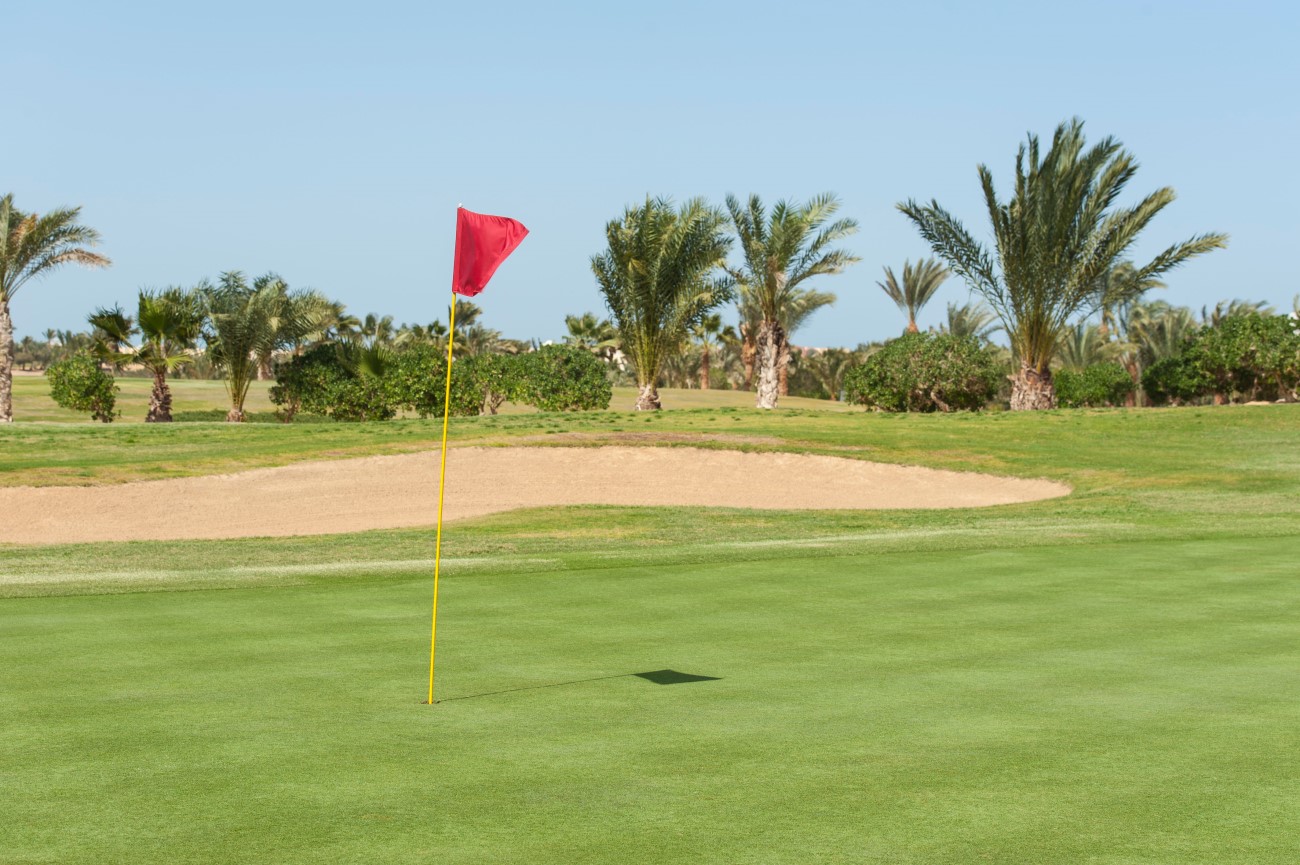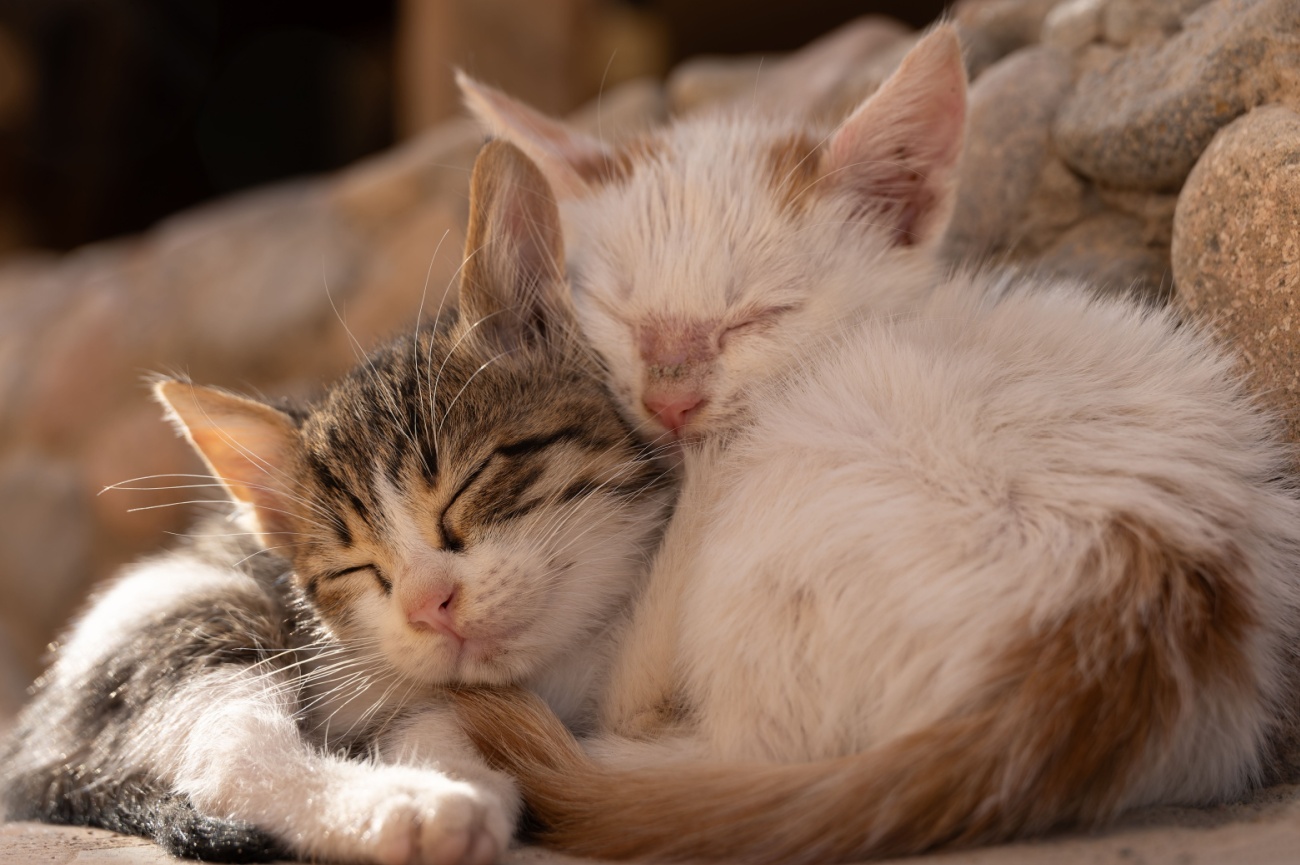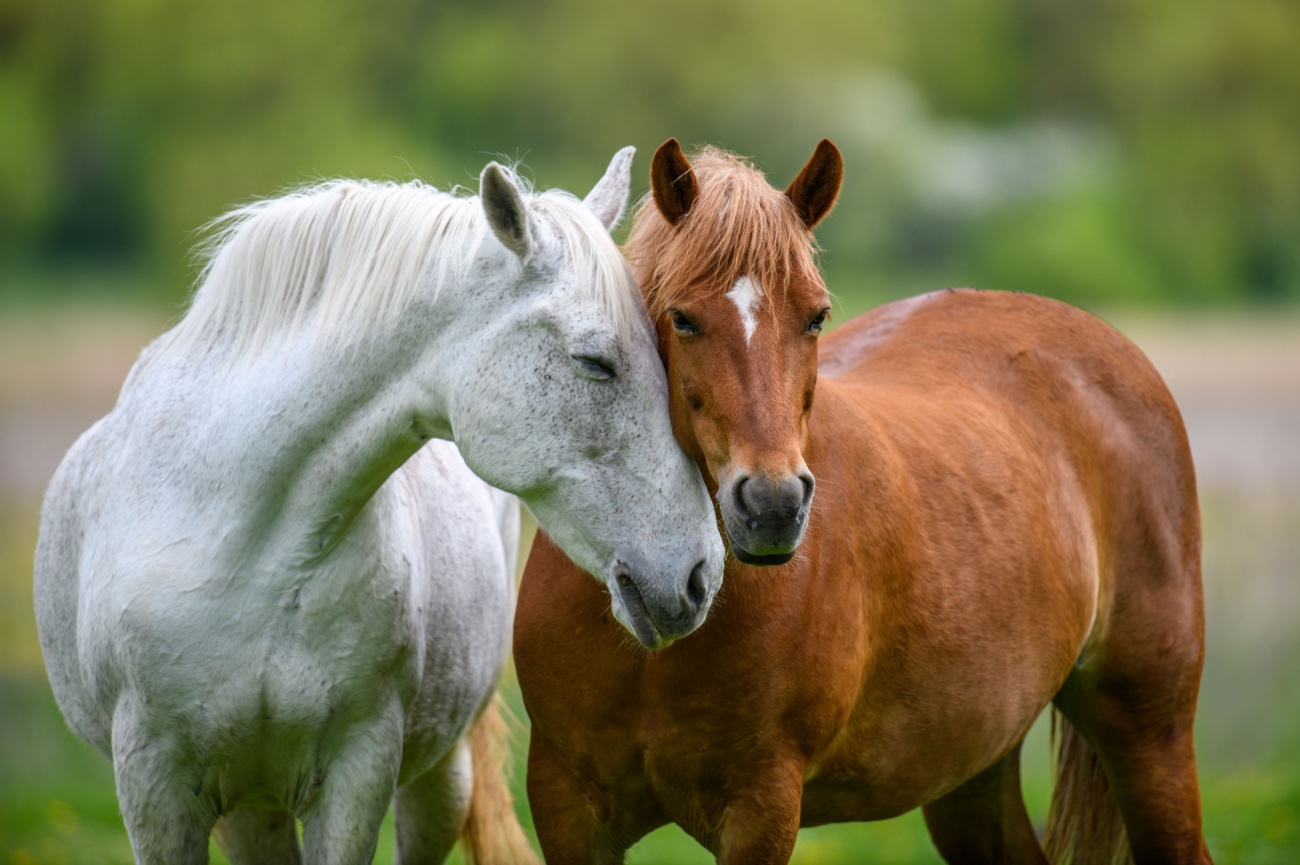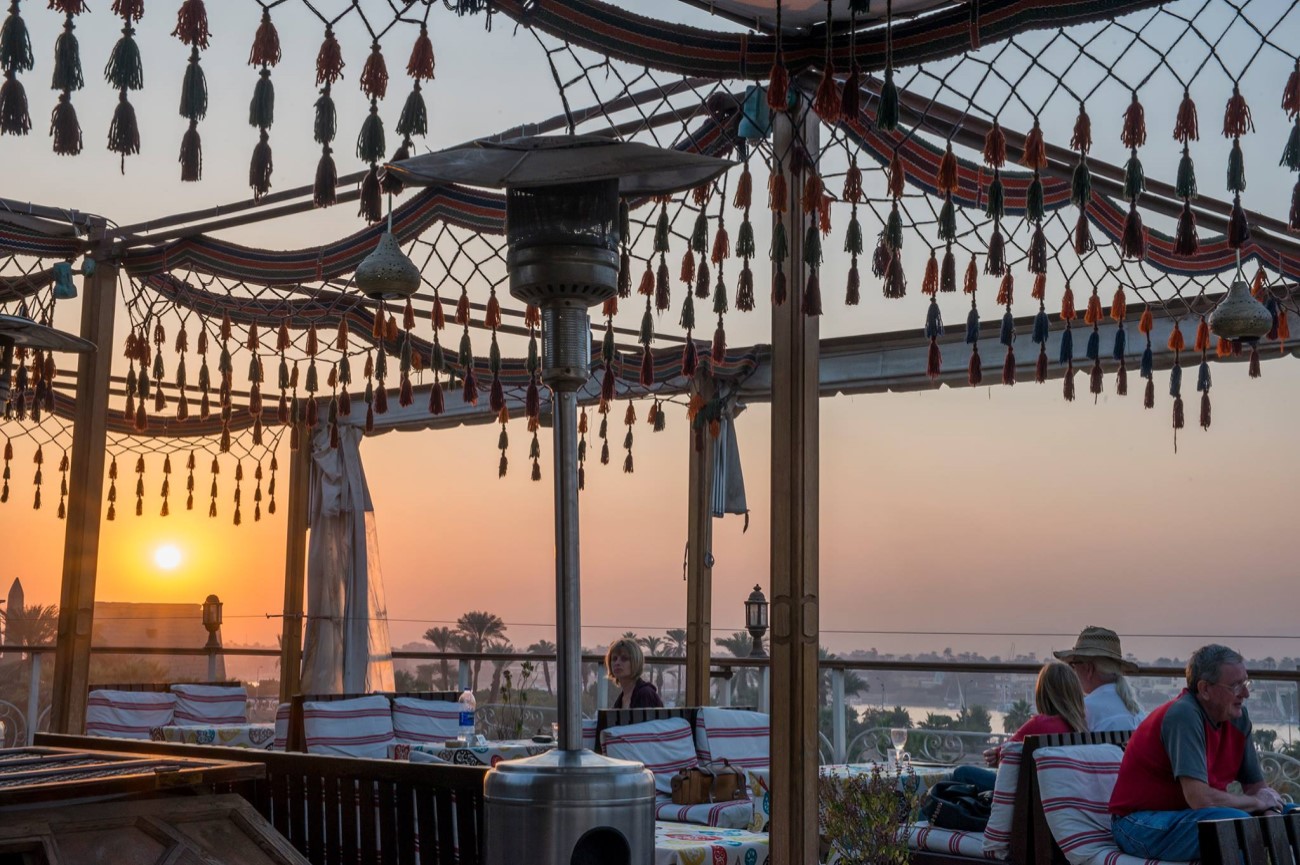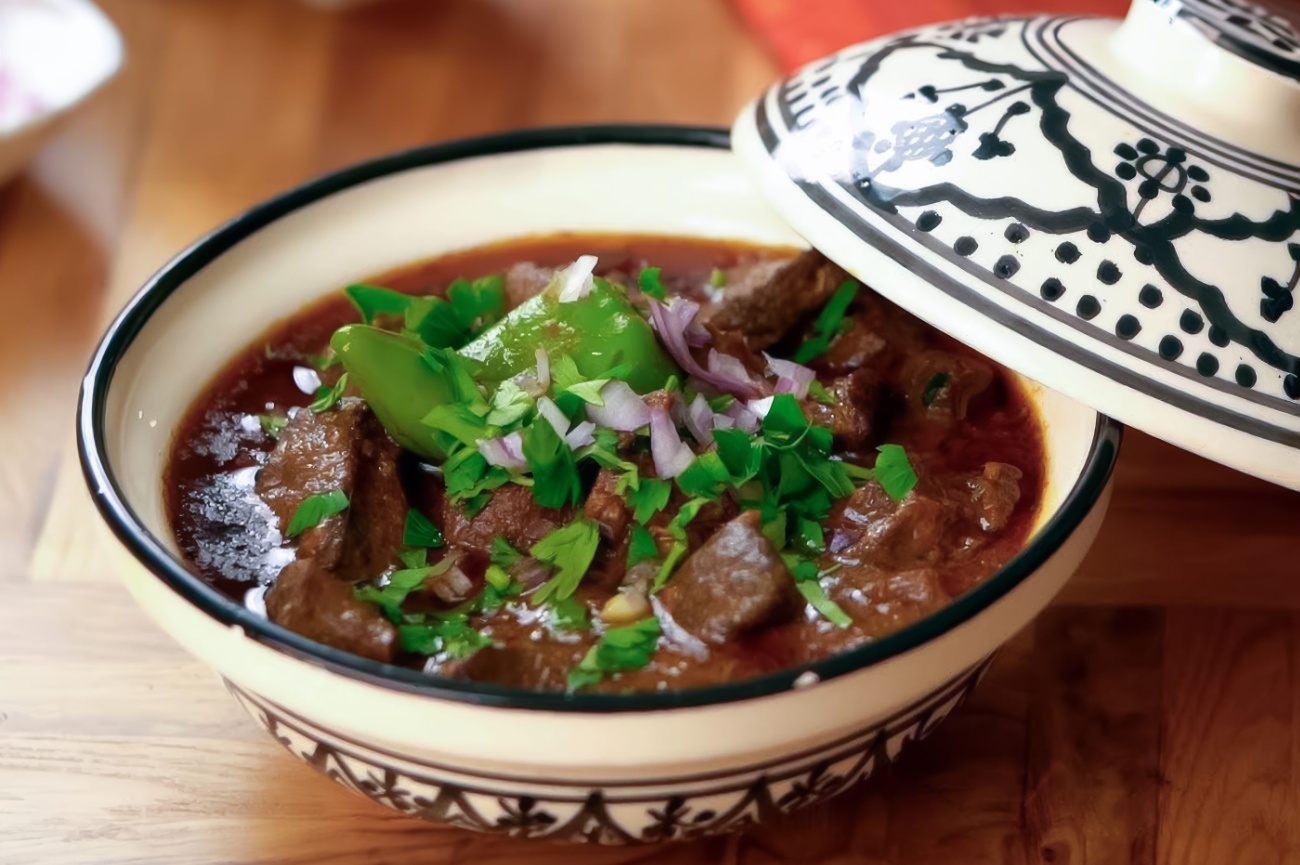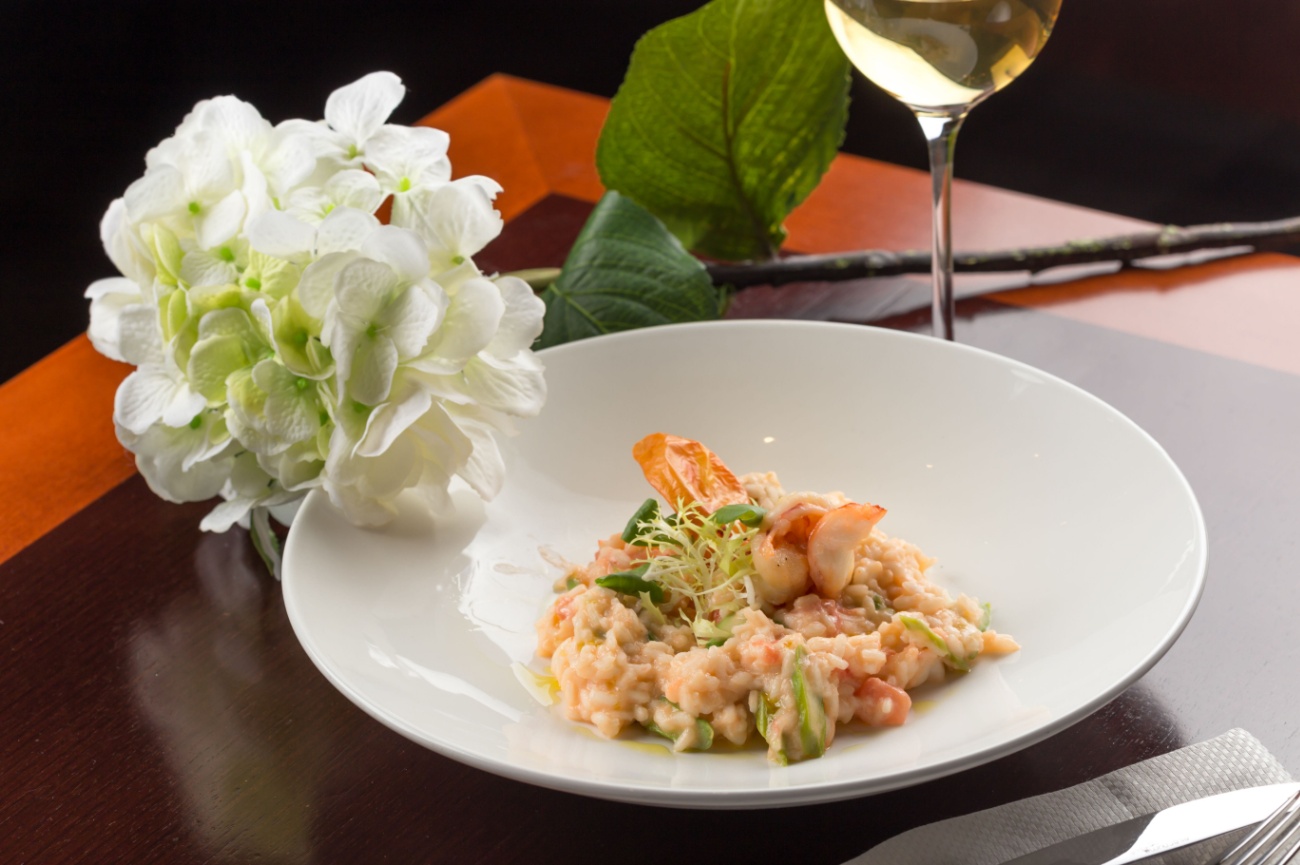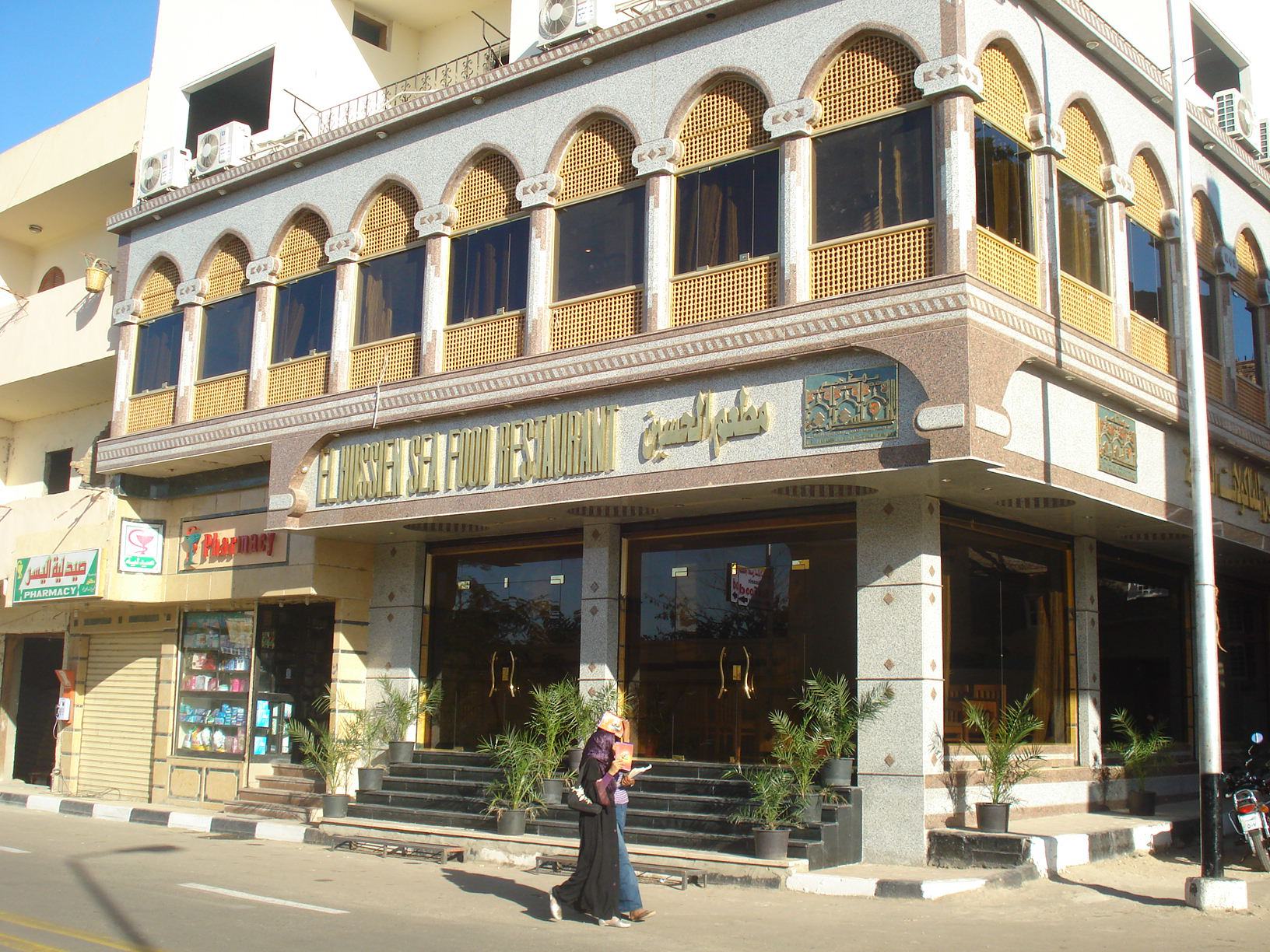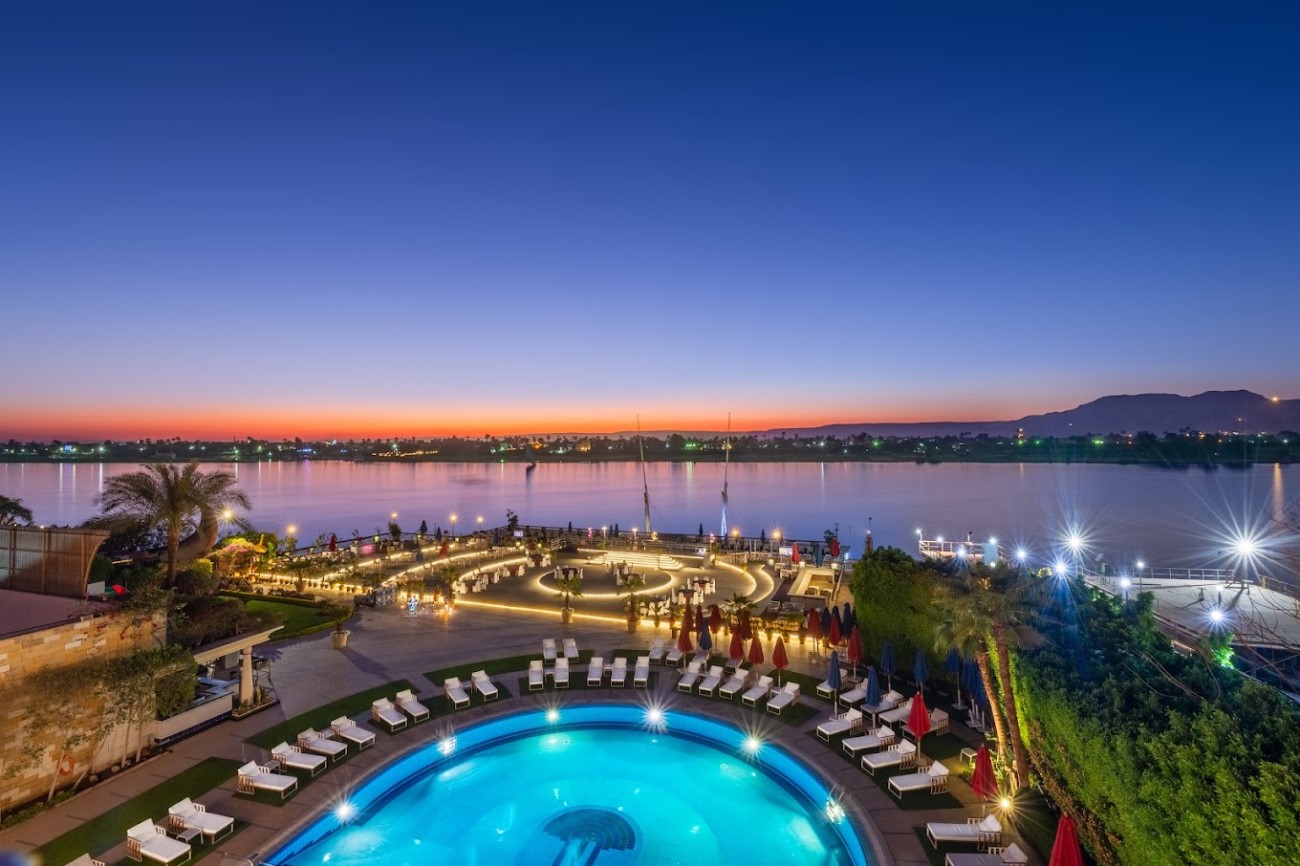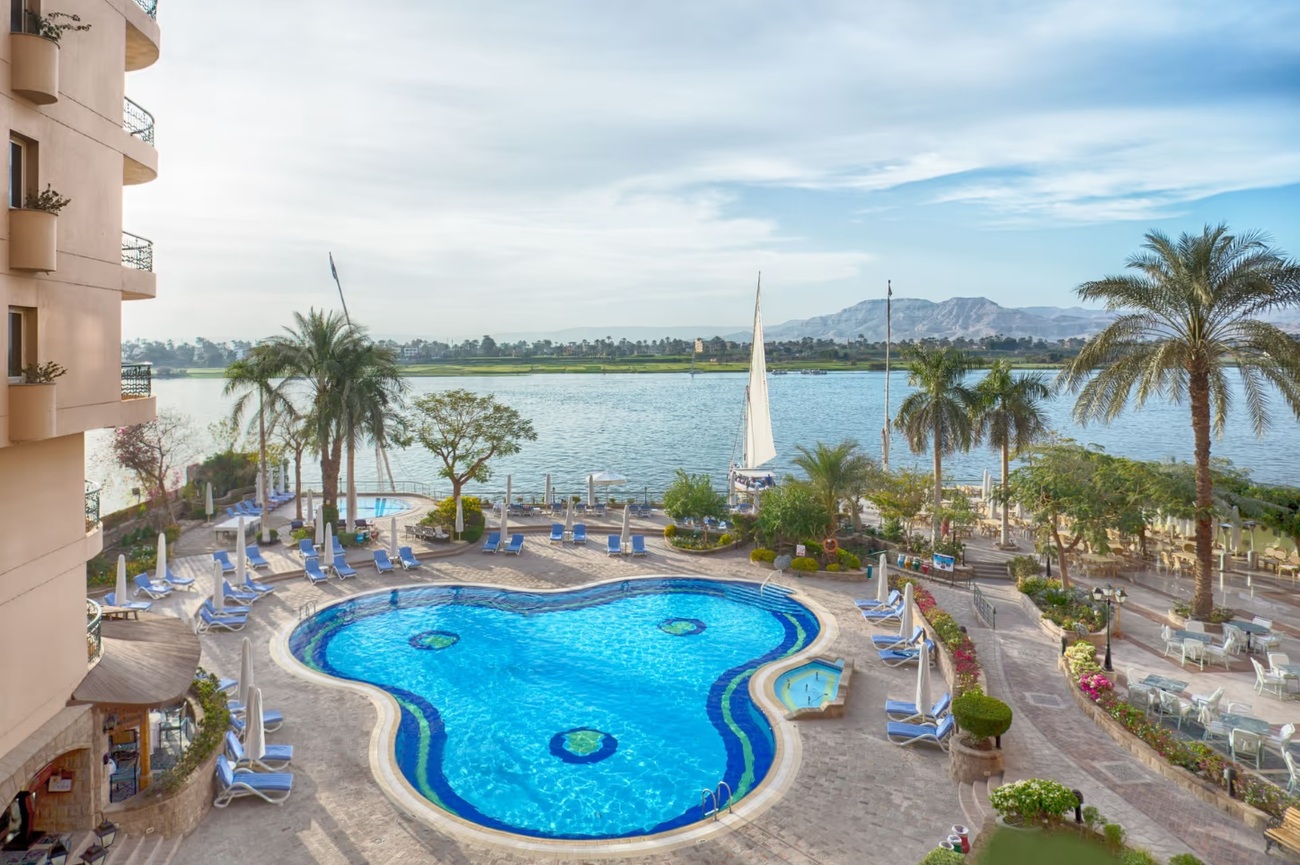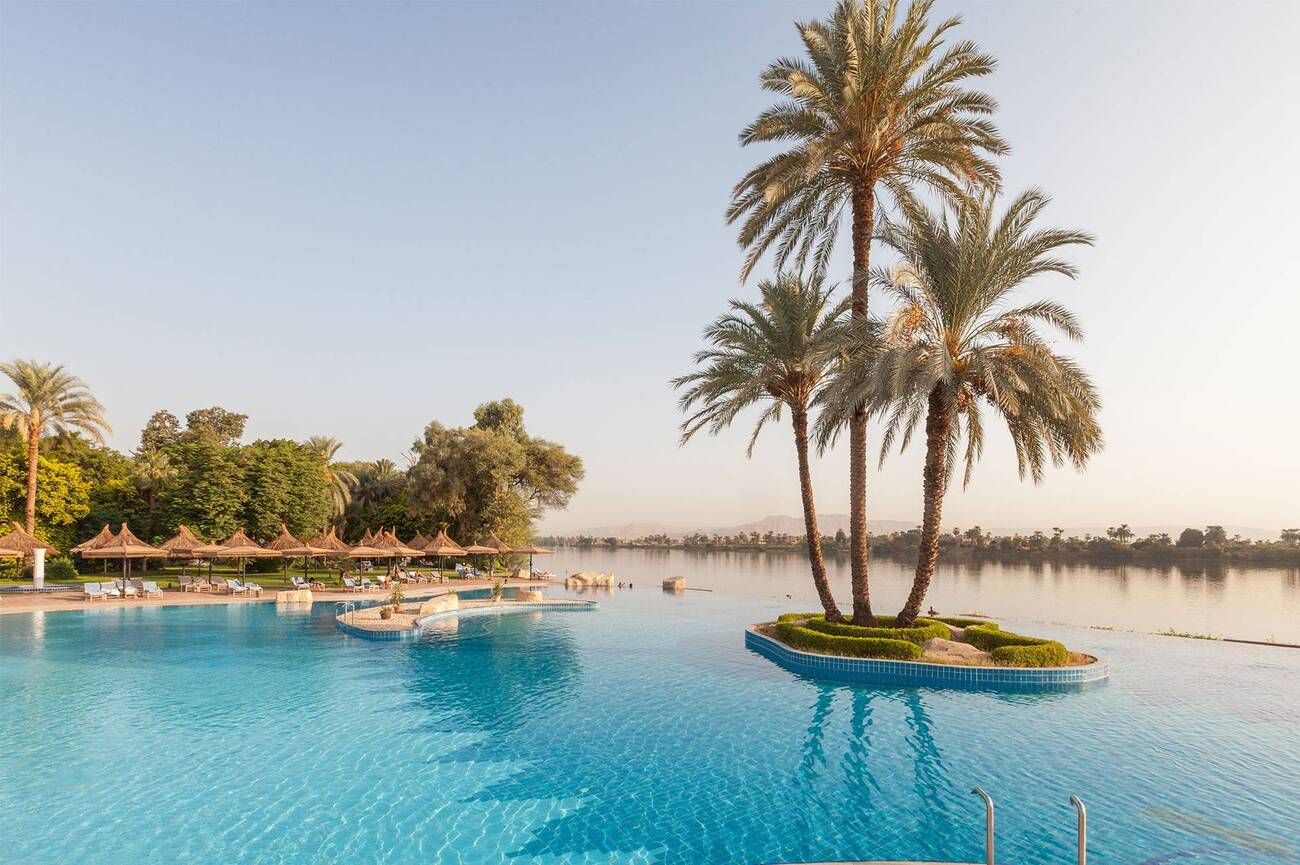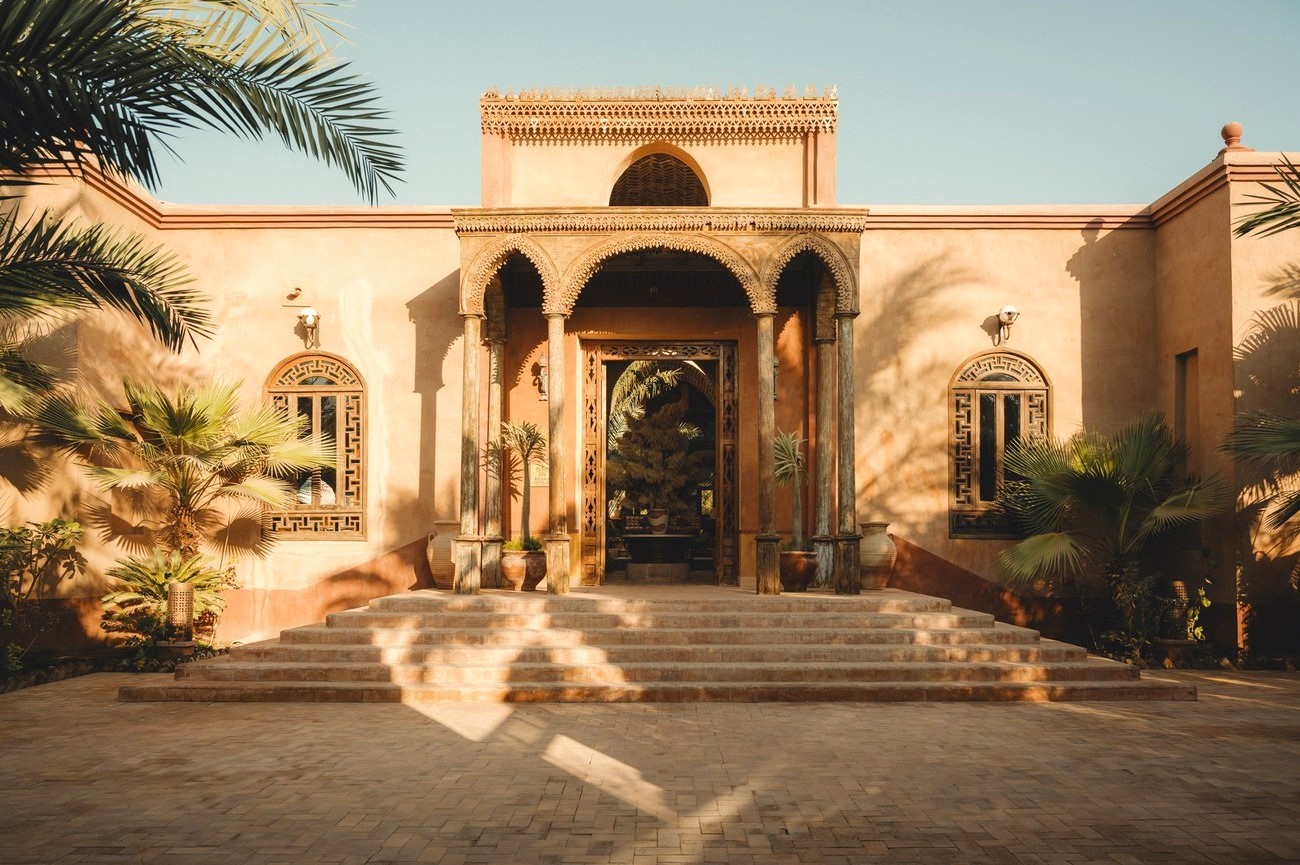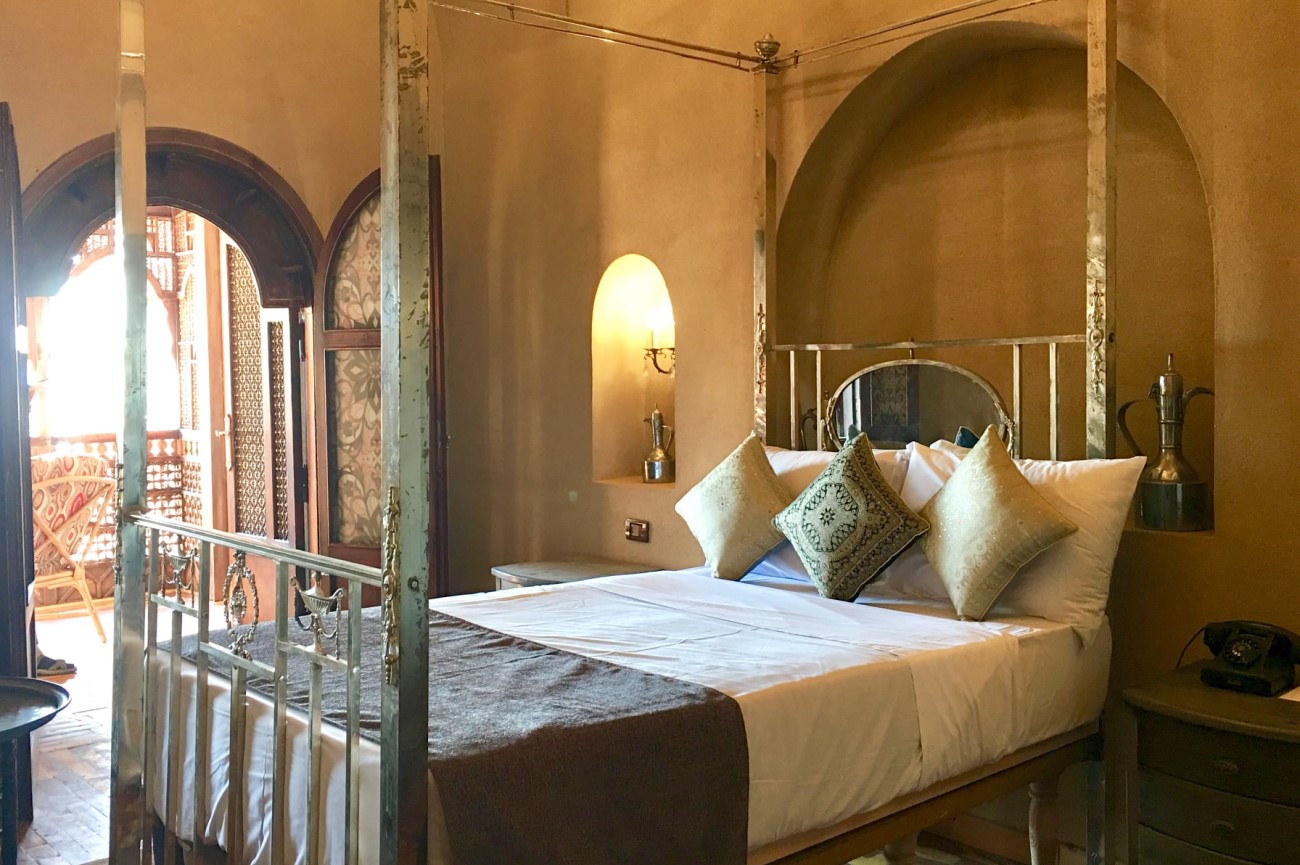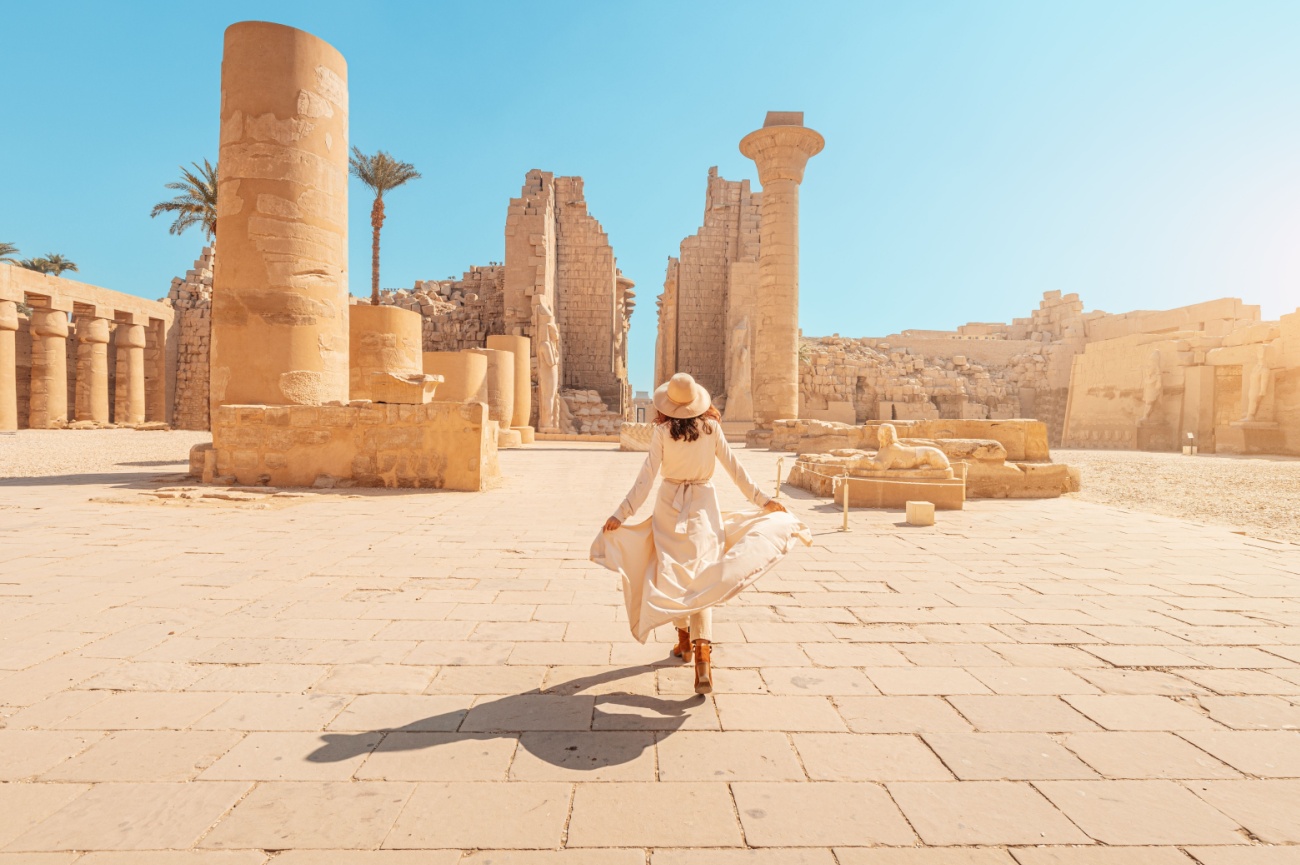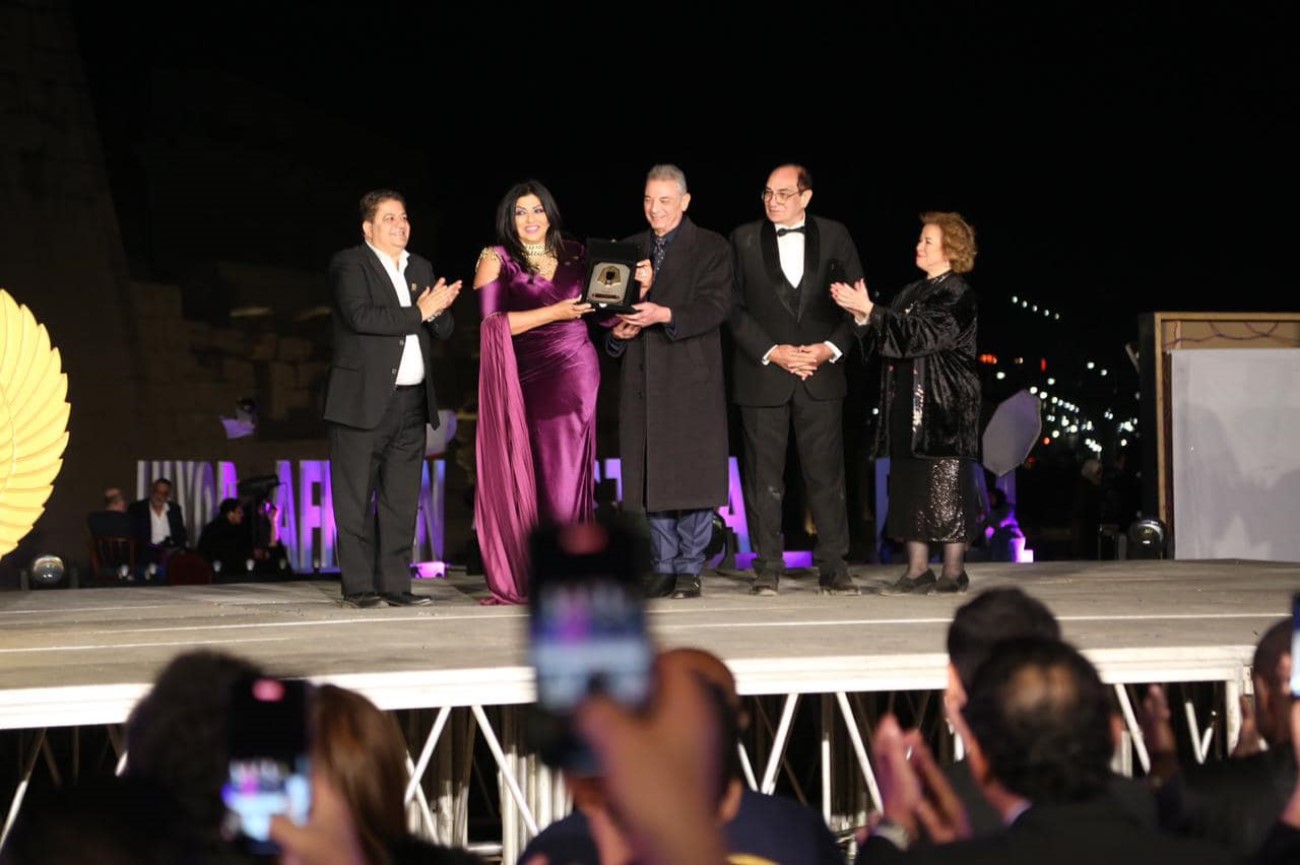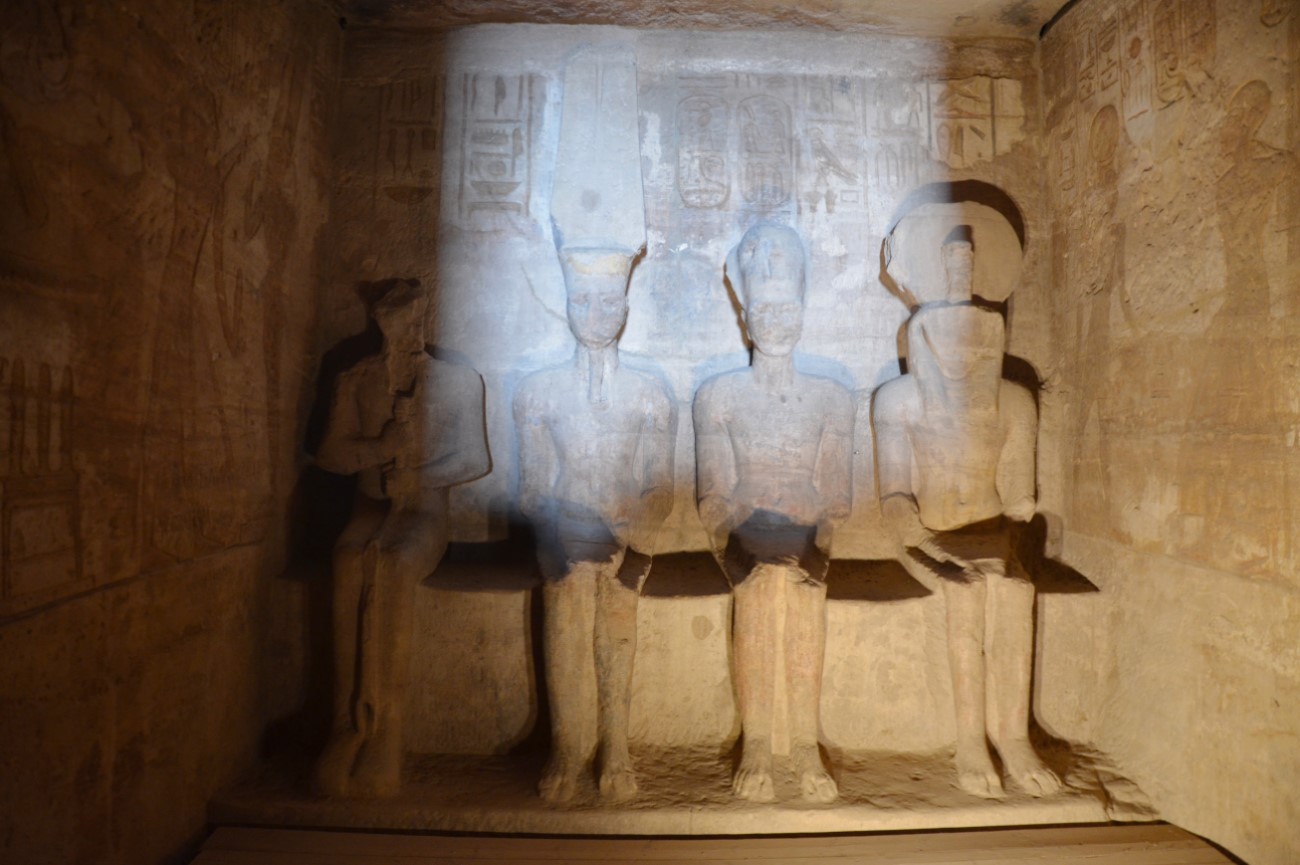Things to Do in Luxor: 2-Day Travel Itinerary
An ancient Egyptian city on the shore of the Nile River, Luxor is one of the country’s most famous archaeological sites. Many call it “the world’s greatest open-air museum”, containing exquisite temples, spectacular tombs, and other well-preserved ancient monuments.
The east bank is home to a modern city center and two great temple complexes, Luxor and Karnak. Here, travelers will find many shops, hotels, and restaurants. The west bank is an enormous necropolis, home to mortuary temples and tombs of Egyptian pharaohs. Whether you wish to explore these archaeological sites, enjoy sunset sailing on the Nile River in a felucca, or visit museums to learn more about the history of the city, there’s so much to do and see in Luxor.
This 2-day travel itinerary can help you plan your visit to Luxor. It includes a list of the best things to do, as well as tips on where to spend the night and where to eat.
Day 1

Morning: Karnak Temple Complex
Your morning walk begins in front of the Karnak Temple Complex, one of the world’s largest human-made temple complexes. Located on the east bank of the Nile, it is actually the second most visited site in the country after the Pyramids of Giza. Get ready to explore multiple temples, massive sandstone columns, monuments, and other architectural marvels. You can either visit this massive temple complex with a local guide or explore its attractions at your own pace.
Ramesses III Temple
You will find this well-preserved temple built by King Ramses III as soon as you enter the Karnak Temple Complex through the first pylon. With many statues of Egyptian ruler Rameses III, the entrance to the temple looks amazing. The walls of the temple are decorated with a large number of valuable inscriptions that tell the stories of the wars of the second Pharaoh of the 20th Dynasty. There are also two small rooms which were used for different rituals.
Hypostyle Hall
The most impressive part of the Karnak complex, the Hypostyle Hall is divided into two sections and consists of 134 beautiful pillars covered with hieroglyphs praising Amon-Re and Min, the God of fertility. These ruins are among the most remarkable architectural achievements of the ancient Egyptians. An interesting fact is that the court of the Hypostyle Hall was used as one of the filming locations for the James Bond movie, “The Spy Who Loved Me”.
Temple of Thutmose III
Travelers visiting the Karnak Temple Complex should not miss this well-preserved historical landmark. Built sometime between 1435–1425 BC, the Temple of Thutmose III was destroyed by an earthquake. What remains of the temple are fragments of walls covered with relief decoration and intricate carvings, as well as a painted picture of Mary that you can see on one of the columns. Although much of the temple is in ruins today, you can still admire the amazing architecture.
Temple Of Khonsu
The last stop on your morning walk is an extraordinary ancient structure dedicated to the moon god, son of Amen and Mut, Khonsu. Located within the Karnak Temple Complex, the Temple Of Khonsu is under restoration at the moment, but it’s open to the public. With its stunning pylons and massive columns decorated with hieroglyphs and carvings, the temple looks quite impressive. Religious ceremonies and gatherings took place inside the temple’s hall.
Day 1, Morning - Luxor Tour Map
Afternoon: Luxor Museum
If you had enough of historical temples and ruins, we recommend paying a visit to this small museum which houses an extensive collection of artifacts found in the Luxor area. The pieces on display at Luxor Museum range from two royal mummies and statues to weapons, tomb furnishings, and a collection of silver bowls. You can also watch videos that explain how papyrus sheets are made and see a nice display of amulets on the upper floor. Air conditioning clear signage and explanations of the displays make it super easy to explore the museum. Keep in mind that taking photographs of artifacts is not permitted.
Mummification Museum
Another museum worth visiting in downtown Luxor, the Mummification Museum tells the story of the mummification process. You will have an opportunity to see many tools and materials used in the mummification process, as well as a real mummy and ceremonial items. There are also mummies of animal species including crocodiles, cats, birds, and fish. It takes about 30 minutes to visit the Mummification Museum. If you wish to purchase souvenirs, stop by the on-site gift shop.
Luxor Temple
Connected with the Karnak temple complex via the Avenue of Sphinxes, the Luxor Temple is a place where many former kings had their coronations. Unlike most of the other temples in the city, this temple is not dedicated to just one god. The temple is huge and is divided into sub-sections. See the charming paintings on the walls, massive columns, and stunning hieroglyphs.
Lotus Papyrus Luxor
End your day with a visit to this wonderful shop where you can purchase papyrus paintings of the highest quality. The owner, Mohsen, is a man you don’t meet every day. Talented, very friendly, and kind gentleman with a passion for art, Mohsen is always more than happy to show you around his shop. The paintings are exquisite and the prices are very reasonable.
Day 1, Afternoon - Luxor Tour Map
Day 2

Morning: Valley of the Kings
You will spend the entire day on the west bank of the Nile in Luxor. This archaeological paradise with a string of pharaonic mortuary temples is the most popular tourist attraction in this part of Egypt. Known as the Theban Necropolis, the area is home to one of the largest collections of archaeological treasures in the world. Your first stop in the morning is the Valley of the Kings, an ancient burial site with over 60 ancient Egyptian tombs. There are usually around 8 tombs open to the public, but you can only visit 3 tombs with an entrance ticket. To visit the tomb of the young king Tutankhamun which was discovered about 100 years ago, you will need to purchase a separate ticket. Visiting these tombs and seeing the well-preserved hieroglyphs on the walls is a truly unique experience.
Mortuary Temple of Hatshepsut
An exceptional historical monument built to honor Queen Hatshepsut and the sun of god (Amon-Re), the Mortuary Temple of Hatshepsut is known for its lovely open courtyard, large statues, and magnificent views from the upper terrace. What makes it different from other temples in the area is the fact that the Mortuary Temple of Hatshepsut is built right into the mountains. Visitors can walk to the temple from the entrance or hop on an electric shuttle for a small fee. Be prepared to walk and climb a lot to reach the third level of the temple.
Tombs of the Nobles
If you wish to avoid the crowds, we recommend stopping by the Tombs of the Nobles. These tombs are less frequented than other sites in the area just because they are not included in most tourist package tours. However, the tombs of the Nobles with their beautiful paintings which showcase scenes from Egyptian daily life are definitely worth checking out. There are usually 2 to 3 tombs open to the public. The best tomb paintings you will find inside are the Tomb of Benia, Tomb of Menna, Tomb of Sennofer, and Tomb of Rekhmire.
Mortuary Temple of Seti I
Overlooking a picturesque palm grove, the well-preserved Mortuary Temple of Seti I is located at the northern end of the necropolis. The site receives fewer tourists due to its remote location, so you might have the entire place for yourself when visiting. Built by Seti I and completed by his son Ramses II, the temple boasts ruins of the court and the first and second pylons. You can see the foundations of the palace, as well as walls with amazing reliefs.
Day 2, Morning - Luxor Tour Map
Afternoon: Valley of the Queens
Your afternoon walk starts in the Valley of the Queens. Not as busy as the Valley of the Kings, the site is home to nearly 80 tombs of which many are unfinished and don’t have decorations. There are usually 3 to 4 tombs open to the public including the famous tomb of Nefertari with its extraordinary chambers covered with beautifully colored paintings on the walls. Don’t miss the Tomb of Prince Amen which also boasts amazing inscriptions.
Deir el-Medina
Also known as the Valley of the Artisans, Deir el-Medina is where you will find tombs of the artisans who constructed the tombs in the Valley of the Kings and the Valley of the Queens. You will have a chance to see the remains of this workmen’s village, as well as beautiful artwork on the walls and ceilings of the tombs which are open to the public (Inherka's tomb, Sennedjem's tomb, and Peshedu's tomb). No photography is allowed inside any of the tombs.
Ramesseum
Although there is not much left of the mortuary temple built by Ramses II, the ruins that you will find here are amazing. There are broken bits of enormous statues here, as well as beautiful inscriptions inside the temple. You can view two courts, a sanctuary, a few chambers, and hypostyle halls. The main attraction at the Ramesseum is the fallen colossal statue that inspired the poem ‘Ozymandias’, by the famous poet, Shelley.
Colossi of Memnon
End your day at the Colossi of Memnon, two towering 18-meter-high statues that once guarded the entrance to Pharaoh Amenhotep III’s mortuary temple. Although both statues' faces are heavily damaged and not in the best condition, the size of the statues is what attracts visitors to these ruins of an ancient Egyptian temple. The entrance to this site is free of charge and it will take you about 10 minutes to reach the base of the statues from the parking area.
Day 2, Afternoon - Luxor Tour Map
Other Things to See in Luxor
- Ata Bazar: If you are searching for a local shop with fixed prices while staying in Luxor, look no further than Ata Bazar. Mohammed’s store offers a wide variety of products, from jewelry, textiles, and scarves to figurines, bags, fridge magnets, and other souvenirs and gifts. You will find Ata Bazar right in front of the Luxor Temple.
- Luxor Fruit and Vegetable Market: Located close to the train station, this vibrant marketplace is where locals shop for groceries. It is a wonderfully authentic place packed with local vendors selling everything from fresh fruit and vegetables to meat, cheeses, and spices.
- Carter House: Travelers visiting Luxor can go on a tour of the Carter House. This place was once home to the British archaeologist and Egyptologist, Howard Carter, who was in charge of excavating the tomb of Tutankhamun in Luxor. Nowadays, the house serves as a museum where you will find a replica of Tutankhamun's tomb and Carter’s private photo development room. You can also see many maps, old books, and antique furniture inside the museum.
- Caravanserai Luxor Egyptian Handicrafts from All Over Egypt: You will find this unique handicraft shop on the west bank of the Nile River. The owner, Khairy, and his family collect and sell some of the best Egyptian crafts ranging from carpets with colorful patterns and hand-woven baskets and scarves to beautiful pottery, bags, and cups.
- Felucca Boat Ride on the Nile River: Sailing along the Nile in a felucca is one of the best things to do in Luxor. We recommend going on a ride in this traditional wooden sailboat without a motor at sunset for the best views of the city. You can find a felucca basically anywhere on the riverside. There are private boat tours, as well as cruises with other travelers which are less expensive.
- Temple of Montu: Hidden within the vast Karnak complex, the Temple of Montu is often overlooked but remains an intriguing site for history lovers. Dedicated to Montu, the Theban god of war, this temple was built during the Middle Kingdom and expanded by later pharaohs, including Amenhotep III. Unlike the grand hypostyle halls of Karnak, the Temple of Montu is more intimate, featuring shrines, pylons, and a sacred lake used for ritual purification. Although not as well-preserved as its neighbouring temples, its significance as a military and religious centre makes it a fascinating stop.
- Temple of Ptah at Karnak: Tucked away inside the Karnak complex, the Temple of Ptah is a small but historically significant shrine dedicated to Ptah, the creator god of Memphis. Originally constructed during the reign of Thutmose III, it was later restored by Shabaka, a Kushite pharaoh of the 25th Dynasty. The temple houses three sanctuaries dedicated to Ptah, his consort Sekhmet, and their son Nefertum, with a striking statue of Sekhmet, often associated with both healing and destruction.
- Malkata Palace: On the west bank of Luxor lie the remains of Malkata, the grand palace complex of Amenhotep III, one of ancient Egypt’s most powerful rulers. Once an opulent royal residence, Malkata featured sprawling courts, reception halls, and a vast ceremonial lake known as Birket Habu, which was used for religious festivals and processions. Though much of the palace is in ruins, visitors can still see the mudbrick foundations and remnants of colourful frescoes that once adorned the royal chambers. Malkata was not just a palace but also a vast administrative centre, reflecting the wealth and grandeur of Amenhotep III’s reign.
- Tomb of Thutmose II: Hidden away in the rugged landscape of Wadi Gabbanat el-Qurud, west of Luxor, the tomb of Pharaoh Thutmose II was uncovered in 2022, revealing a fascinating glimpse into the 18th Dynasty. Despite suffering damage from ancient floods, this remarkable burial site still holds traces of its former splendour. The tomb’s distinctive bent-axis design, typical of royal tombs from this period, is complemented by remnants of intricate wall decorations. Among the artefacts discovered, alabaster vessels bearing the pharaoh’s name stand as a testament to the craftsmanship of ancient Egypt.
Day Trips from Luxor
- Aswan: It takes about 3 hours by car to get from Luxor to Aswan, so it’s best to get up early in the morning for this day trip. Aswan is a laid-back town with spectacular desert landscapes and plenty of amazing archaeological sites. To learn more about the history of this sun-drenched city on the Nile River, visit the Nubian Museum and the Aswan Museum. As for archaeological sites, it is best to visit the Temple of Khnum on Elephantine Island and the Temple of Philae on Agilika Island. For spectacular sunset views, go to the iconic Bob Marley Moonlight Terrace Restaurant Café.
- Temples of Abydos: Located 170 kilometers from Luxor, this temple complex is a perfect destination for a day excursion. The journey to the Temples of Abydos takes about 2 hours and 30 minutes by car. Once you get there, visit the famous Temple of Seti I which is best known for its amazing reliefs, two pylons, and seven chapels.
- Temple of Khnum at Esna: Travelers staying in Luxor can go on a day trip to the town of Esna. Located around 60 kilometers from Luxor, this charming town is home to the famous Temple of Khnum. The only part of the temple that remains is the hypostyle hall where you will find well-preserved carvings.
- Temple of Horus at Edfu: With its two enormous pylons, granite sculptures of Horus, and a Peristyle court surrounded by columns, the Temple of Horus at Edfu is one of the best-preserved temples in the country. You can visit two hypostyle halls with stunning inscriptions. The temple is located about 100 kilometers from Luxor and it takes about 2 hours by car to get here.
- Dendera Temple of Hathor: Dedicated to the goddess Hathor, this temple complex is located about 80 kilometers north of Luxor and it takes 90 minutes to reach this fascinating site. Known for its beautifully preserved ancient architecture, this archaeological site is home to a few buildings and dark chambers with vibrant ceiling decorations. An interesting fact is that Dendera Temple of Hathor is the only temple in the country that portrays Cleopatra and her son.
Best Golf Courses in Luxor
- Royal Valley Golf Club: Golfers staying in Luxor can spend a day at the Royal Valley Golf Club. Located just a 10-minute drive from the city center, the golf club consists of an 18-hole championship course with generous and well-maintained fairways, a Nubian-style clubhouse with a Pro Shop, and a lovely restaurant with spectacular views of the course.
Things to Do with Kids in Luxor
- Visit the Luxor Temple after dark: What we love about the Luxor temple is that it’s open until 10 pm. To see it from a different perspective, visit the temple with your children right before sunset and admire the beauty of the beautifully preserved frescoes and massive columns. The only downside of visiting the Luxor Temple during this time of day is that it gets very crowded.
- Hot Air Balloon Ride over Luxor: One of the best things to do with kids in Luxor is going on a hot air balloon ride. The good news is there are dozens of hot air balloon trip providers in the city that offer transportation from and back to your accommodation. You’ll be picked up early in the morning, as the balloons depart right before sunrise. The trip is about 45 minutes long and offers majestic bird’s eye views of the Nile River and popular tourist attractions such as the Valley of the Kings and the Valley of the Queens.
- ACE - Animal Care in Egypt: Take your kids to this amazing rescue and rehab center for animals. ACE - Animal Care in Egypt is home to cats, dogs, donkeys, turtles, and horses. They provide veterinarian services to these badly exploited animals and offer tours of their facilities. The organization also does pet adoptions for puppies and street dogs. It is a great place with friendly staff that is always more than happy to show you around. If you feel sympathy for animals, feel free to leave a donation.
- Play Zone: If you are visiting Luxor with kids, pay a visit to this indoor playground for the little ones. Play Zone offers a number of games such as mini football, trampolines with balloons, educational board games, small go-carts, and puzzles.
- Alhabib Organic Farm: For a memorable day with your kids in nature, visit this magnificent Egyptian farm. Spread across 30 hectares of land, the Alhabib organic Farm houses animals such as sheep, goats, camels, chickens, cows, and horses. You can wander around the farm and get close to these lovely animals. The farm also grows mangoes, dates, olives, and lemons. It is a lovely place where both adults and kids can reconnect with nature, pet animals, and enjoy traditional Egyptian cuisine.
Where to Eat in Luxor
- Al-Sahaby Lane Restaurant: An elegant rooftop restaurant located within the Nerfertiti Hotel in Luxor, Al-Sahaby Lane boasts a wonderful décor with Egyptian furniture and an outdoor terrace that offers majestic views of the Luxor temple and the mountains. On the menu, visitors will find traditional Egyptian and Bedouin dishes ranging from camel meat pot to the signature mezze dish which includes everything from freshly baked bread and hummus to eggplant and Egyptian-style pizza. Al-Sahaby Lane has been in the business for nearly 100 years and is one of the oldest restaurants in the city.
- Sofra Restaurant: If you are searching for a restaurant with a romantic vibe and traditional Egyptian charm, make a reservation at the Sofra Restaurant in Luxor. Situated inside a historical building from the 1930’s with vintage tables and chairs, the restaurant looks fabulous. What’s good to order? Sofra offers classic Egyptian fare including popular dishes such as shorbit samak soup (fish stock with veggies and spices), roz bil khalta (rice with chopped chicken liver), kamonia (veal stew in spicy tomato sauce with cumin and onion), and saniyet kofta (baked minced lamb with fresh herbs and spicy sauce). The restaurant also offers a range of hot and cold mezzes, as well as fresh juices and desserts. You can sit in the dining room downstairs or enjoy delicious food on the upstairs open terrace. No alcohol is served at Sofra Restaurant. It is one of the most popular restaurants in the city and reservations are recommended.
- El Kababgy: Overlooking the marina and offering fantastic views of the Nile River, El-Kababgy is all about authentic Egyptian dishes. Whether you are craving tahini, baba ganoush, shawarma, or grilled specialties like kebab and kofta, the menu is packed a wide range of local delicacies. El Kababgy also offers soups, sandwiches, and fresh juices. Their in-house made garlic bread is delicious and there are many vegetarian options to choose from on the menu. The restaurant has a lovely indoor dining room and a terrace with views of the river.
- Pizza Roma.It: Are you in the mood for some tasty Italian cooking while staying in Luxor? Go to Pizza Roma. It is the most popular Italian eatery in the city beloved by both tourists and locals. The décor may be simple and there is no terrace to sit on, but the food is quite good and reasonably priced. The food menu is pretty straightforward forward with plenty of pasta, pizza, salad, and traditional Italian meat dishes. The owner has spent more than 10 years in Italy and knows a lot about authentic Italian cuisine. We recommend getting the soup with lentils, diavola pizza, spaghetti aglio olio, and scaloppine al fungi.
- 1886 Restaurant: A classy dining establishment with an enormous crystal chandelier, white tablecloths, silver plates, and long curtains, 1886 Restaurant is definitely the most beautiful restaurant in the city. The dining room looks spectacular and there is even a dress code which is a bit unusual in this part of Egypt. Men have to put on a jacket and tie to dine at 1886. As for the menu, expect to find Egyptian cuisine with a modern twist, as well as many Mediterranean-French dishes such as risotto of prawns and truffle, grilled beef fillet, and pan-fried breast of duck. The signature spine lobster served in butter sauce is also a good option.
- Lantern Room Restaurant: The next place on our list is a restaurant on the embankment of the Nile River which offers a fusion of Asian and Egyptian cuisine. The dining room is nicely decorated with vintage tables and chandeliers. Try the duck spring rolls, spicy chicken wings, or lentil soup. If you are a fan of seafood, order the prawns with lemon butter sauce or sea bass. For vegetarians, there is the classic tomato ragu, chickpea tagine, and cottage pie with mashed potato and cheddar cheese.
- El Hussein Restaurant: Warm hospitality, both buffet and a la carte menu, delicious Oriental/Mediterranean cuisine, and plenty of seafood dishes make El Hussein one of the best restaurants in Luxor. Grilled meats and crafted to perfection and usually served with rice, while El Hussein pigeon is definitely the star of their extensive menu. Another homemade dish worth mentioning is the Hussein dish, which is a mixed grill of kebab, kofta, and chicken.
Where to Stay in Luxor
- Sonesta St. George Hotel: Another elegant 5-star hotel in downtown Luxor, Sonesta St. George Hotel is one of the most beautiful properties in the city. Step inside the lobby with a grand entrance and marble floors and enjoy views of the Nile River from your private balcony. You can swim in the outdoor pool, relax in the health spa, and try local and international dishes at the on-site restaurant. Both Luxor Temple and Karnak Temple are just a short drive away from the property.
- Steigenberger Nile Palace: A 5-star resort nestled on the east bank of the Nile River, Steigenberger Nile Palace is all about luxury, fine dining, and top-notch facilities. There are 303 rooms and suites to choose from, each fitted with comfortable beds and en-suite bathrooms. Some suites come have private balconies with mesmerizing views of the river. Guests have access to a fitness center with state-of-the-art equipment, an outdoor swimming pool, and a sauna where they can relax after exploring the city of Luxor. The property has a few amazing restaurants serving everything from Egyptian and Lebanese to international cuisine. You will be staying in the center of downtown Luxor and just a short walk away from the iconic Luxor Temple.
- Jolie Ville Luxor: Nature lovers visiting Luxor will definitely want to stay at Jolie Ville Luxor Located on a private island, this luxurious resort is known for its spacious gardens with a variety of trees and plants. Go for a dip in one of the 3 enormous swimming pools and dine in one of the four on-site restaurants. With a children’s club, pool, and a mini zoo, Jolie Ville Luxor is also a perfect place to stay with kids. Rooms are nicely decorated and come with a private terrace with views of the photogenic gardens. There are also four tennis courts, as well as a well-equipped fitness center in case you wish to work out.
- Al Moudira Hotel: Located on the outskirts of the city on the west bank of the Nile, the Al Moudira Hotel is just a short drive away from the Valley of the Kings and Queens. The hotel is situated inside a majestic palace with ornate patios and domes. There is an outdoor pool with a cocktail bar, a spacious terrace, and individually designed rooms with oriental décor. All suites come with a large lounge. For tasty Mediterranean and Egyptian cuisine, visit the on-site Great Room Restaurant.
- Djorff Palace: Spend your vacation days in this luxurious boutique palace nestled on the west bank of the river in Luxor. The hotel offers lush gardens, a heated swimming pool, and free boat transportation across the river. Rooms are spacious, nicely decorated, and come with air conditioning. Each morning, guests can choose between a vegetarian, continental, and a la carte breakfast and arrange activities such as cycling, hiking, and visiting the temples at the front desk.
- Bedouin Lodge Luxor: If you are searching for traditional Egyptian accommodation outside Luxor's city center, the Bedouin Lodge Luxor is where you want to go. With lush gardens where the property grows its own veggies, beautiful Boho-style rooms with antique furniture, and an outdoor swimming pool, this rustic lodge is a charming place with a laid-back vibe. In the morning, try their fresh mango juice or participate in on-site fitness classes. Mohamed and his team are super friendly and can organize many city tours and day trips from Luxor.
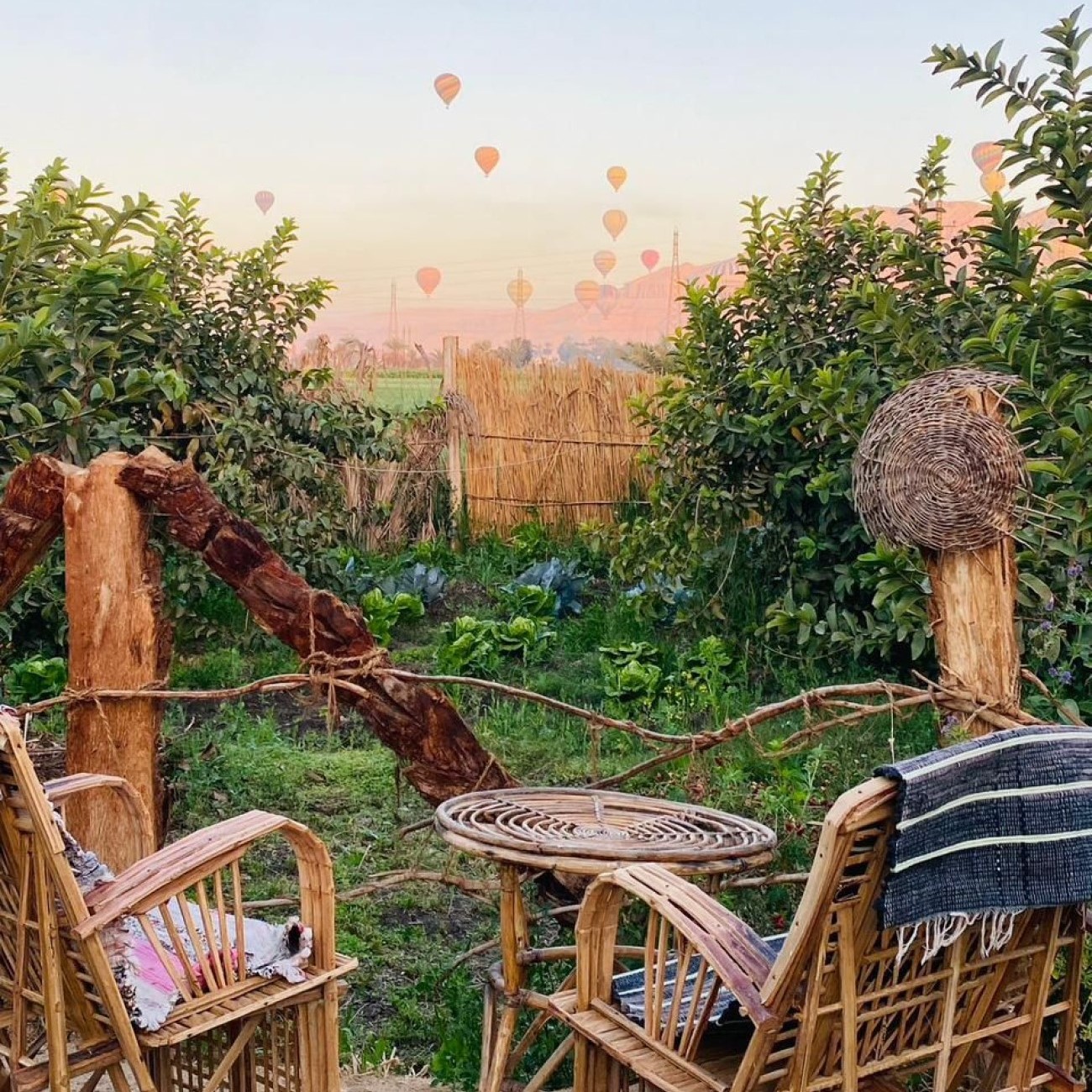
Best Time to Visit Luxor
The city of Luxor has a desert climate, which means that the city can get incredibly hot during the summer season with temperatures reaching 41C. Exploring temples, tombs, and other ruins in this weather can be quite difficult, as there is almost no shade at these historical sites. If you plan on visiting Luxor in summer, to avoid unbearable hot temperatures, head out to the temples super early in the morning. The winter season is definitely the most popular time to visit Luxor with comfortable temperatures (20C-25C) in the daytime. Keep in mind that nights in winter can get chilly, so make sure to pack some warm clothes. To avoid crowds and get better deals on accommodation, you can visit the city during the shoulder seasons (March to April) and between October and November. With pleasant temperatures and without hordes of fellow tourists, this time of year is perfect for exploring the city’s famous sites.
Luxor Festivals
- Luxor African Film Festival: With both short and long film screenings, this beloved annual event in Luxor is for all you cinema lovers. Most films that you will have a chance to see here are produced in countries in Africa and made by local filmmakers. The cinematic event is typically held in February and consists of different competitions ranging from short films and documentaries to long narratives.
- Abu Simbel Sun Festival: Twice a year, in February and October, the Abu Simbel Sun Festival draws visitors from around the world to witness a spectacular solar phenomenon. Built by Pharaoh Ramses II, the Great Temple of Abu Simbel is designed so that on these two specific days, the rising sun aligns perfectly, illuminating the statues of Ramses II, Amun-Ra, and Ra-Horakhty inside the temple’s inner sanctum—while leaving the statue of Ptah, the god of darkness, in shadow. This incredible event showcases the architectural precision of ancient Egypt and is celebrated with music, traditional dancing, and festivities outside the temple.
- Egyptian Marathon: The most anticipated annual event in Luxor is the famous Egyptian Marathon. The event has been held for about 30 years, making it one of the oldest marathons in this part of the world. The best thing about the marathon is the amazing route which allows contestants to see stunning historical landmarks such as the Temple of Queen Hatshepsut where the race actually starts. Other popular sites along the marathon route include the Valley of Kings, Valley of Queens, Mortuary Temple of Ramesses, and many others.
